Your first safari is likely to be way up there in the rankings of your life’s most exhilarating experiences and I’m writing this still high from the incredible wildlife experience of a few weeks ago. No amount of pixels could come close to translating the goose bumps, the chasing, the spotting, the raw sounds… but these pics are a small testimonial of the insanely close encounters I’ve survived. 😉
Usually shadowed by South Africa and Kenya for a first-timer safari, Botswana somehow made it to the top of my list and delivered more than I had hoped for. Blessed with some of the world’s greatest wildlife spectacles, what probably tipped the scale for me was the presence of the largest concentration of elephants found anywhere in Africa (120,000 according to the latest survey!). No animal sighting had been so mind-blowing than my first and slightly scary encounter with the giant pachyderm in Ghana a few years ago, and I was forever in a quest to see more of these magnificent creatures.
Let’s say that I picked the right place as just the 20 minutes ride from the tiny airport in Kasane to Chobe National Park can be slowed down by elephant herds crossing the road…
They all have one destination in mind and it’s the stunning Chobe River, a brilliant ribbon of blue water winding its way through the park.
The riverfront is a true elephants’ playground and I gasped in awe when on my very first day in Botswana we stumbled upon nearly a hundred of them frolicking in and around the water.
It’s not such an unusual event here, especially between May and November when the dry season forces them to gather around the river to drink and bathe in large numbers, giving the area the fond name of ‘Land of The Giants’. And giants they are, since all the elephants here are Kalahari elephants, the biggest size of any elephant in the world.
Crossing the river in long, straight lines of trunk to tail, they submerge themselves, the small ones disappearing completely while others have just their head above water, trunk stretched upward like a hose. The breathtaking sight is enough to make your entire visit to Botswana worth it.
As they reach the shore, you’re able to observe them up close for a while, noticing social behaviors your guide will be more than happy to shed some light on.
Back on land, they’ll return to their feeding ground, an activity that fills 80% of their day.
There’s a lot more to see on the riverfront and you’re guaranteed to find the second most imposing herds drinking up the river – the Cape buffalo.
The most dangerous member of Africa’s “Big 5”, this massive beast weighing between 425–870 kg is said to have killed more big game hunters than any other animal in Africa (around 200 a year).
Commonly referred to as “Black Death”, they’re highly unpredictable even though they seem docile enough when viewed undisturbed from the truck.
You’ll find them in huge number quietly grazing in and along the river as they need to drink quite frequently.
While there’s plenty to see from the shore, a trip to Chobe wouldn’t be complete without getting on a boat to witness the diversity of wildlife from another vantage point. Boat safaris are unique here and it’s a thrill you likely won’t be able to experience anywhere else in Africa.
After seeing the big guys, your attention can now be focused on the smaller though no less impressive population of water birds which the Chobe River is teeming with.
The beauty of being in the river extends beyond bird watching as shy animals come down to the shore to drink like this elusive Sable. The endangered antelope is such a rare sight it triggered a collective squeal among our group before quickly disappearing again.
If you’re lucky giraffes will also pay a visit late afternoon, easily spotted from the boat with their tall frame and elegant walk.
Keep your eyes close to the riverbed to spot large water monitor lizards too.
More exciting though is the spotting of crocodiles, large and small, either cruising down the river…
…or warming itself on a dry patch of land, huge teeth gleaming in the sunlight.
Moving along, we soon start seeing strange shapes coming out of the water, and sure enough as we get closer we recognize the familiar extremities of hippos, with only their nostrils, eyes and ears visible.
The Chobe River is unsurprisingly hippopotamus territory and large pods can be found easily, half submerged and lounging among the lily pads.
Their fat sumo wrestler shape is even bigger than what you could ever imagine and their loud grunts are perfectly suited to their appearance.
Just like the Cape buffalo, this is one you do not want to anger as they’ve been known to charge and attack tourist boats in the past.
We kept our distances and used the zoom to spy.
After getting up close and personal with the river crowd, it’s time to explore the park aboard a classic Land Rover and appreciate the crazy viewing opportunities offer inland as well. While not the largest park despite covering over 11,000 square kms, Chobe National Park is known for having one of the best concentrations of game in Africa and I can totally vouch for that.
Warthog
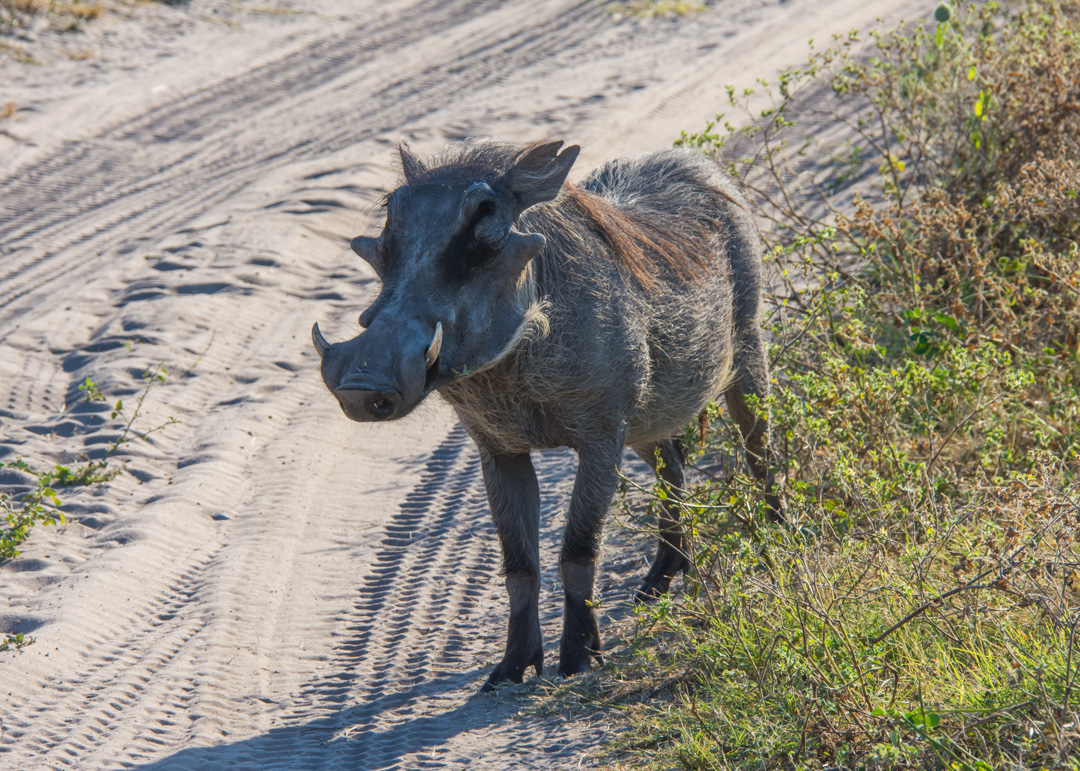
Marabou storks
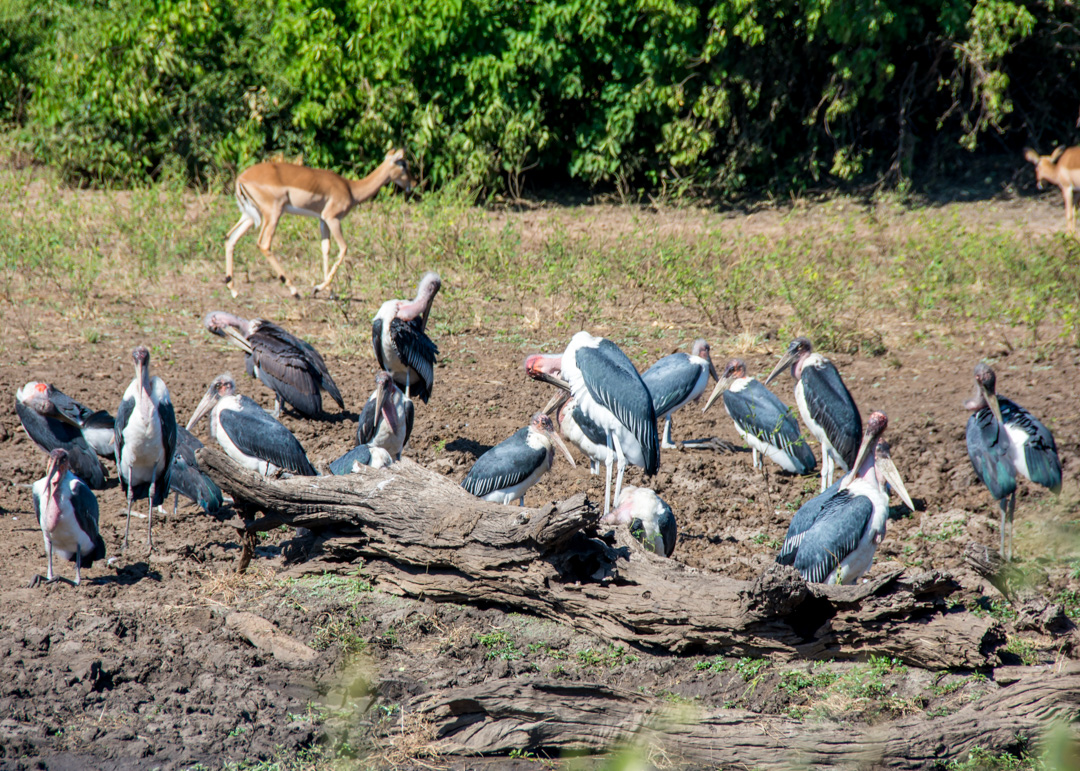
Impalas (you’ll see hundreds in a day…they’re EVERYWHERE)
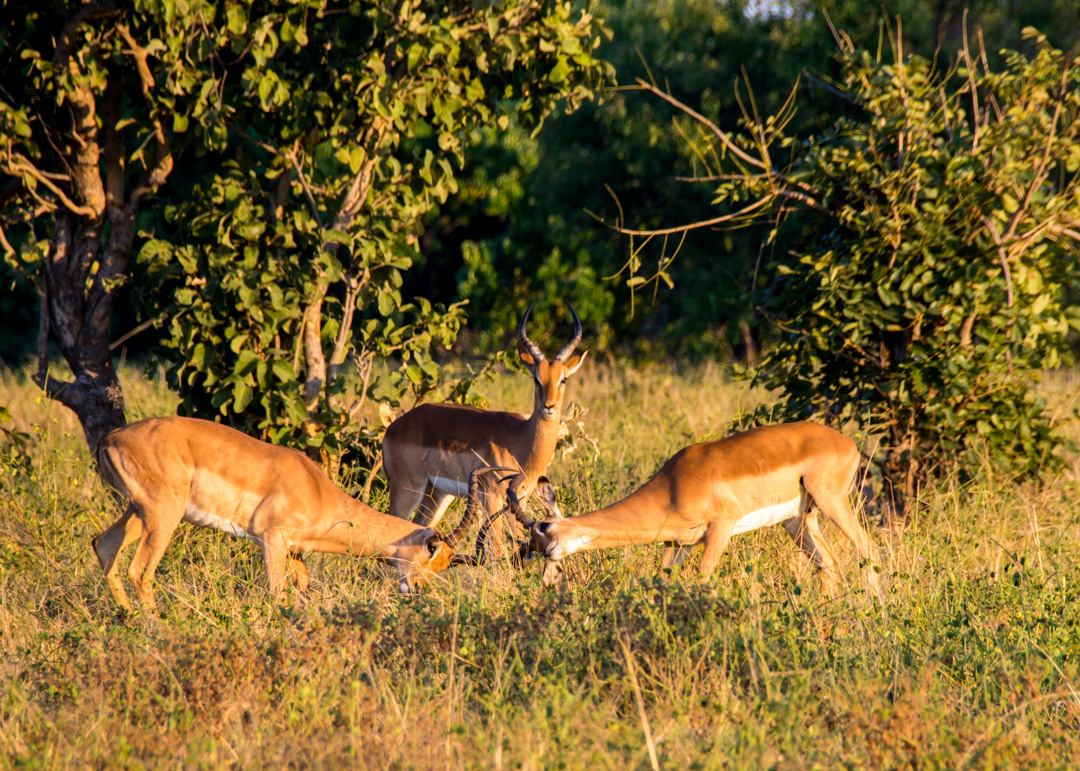
Baboons
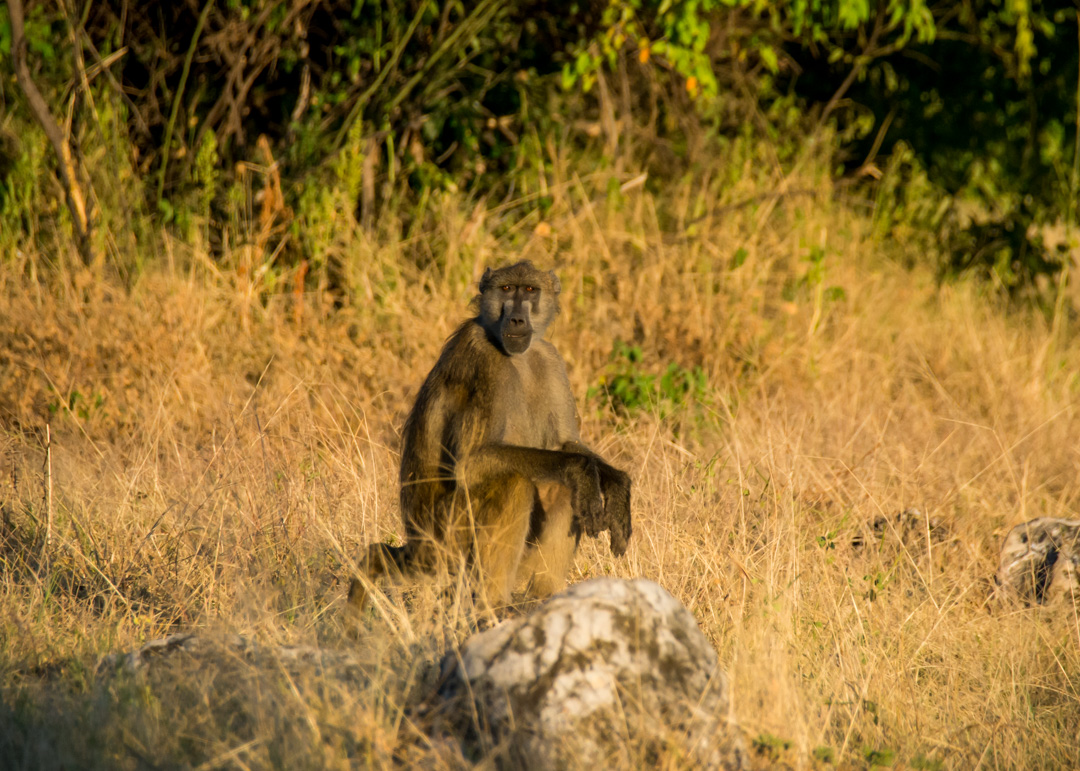
Velvet Monkeys sounding the alarm
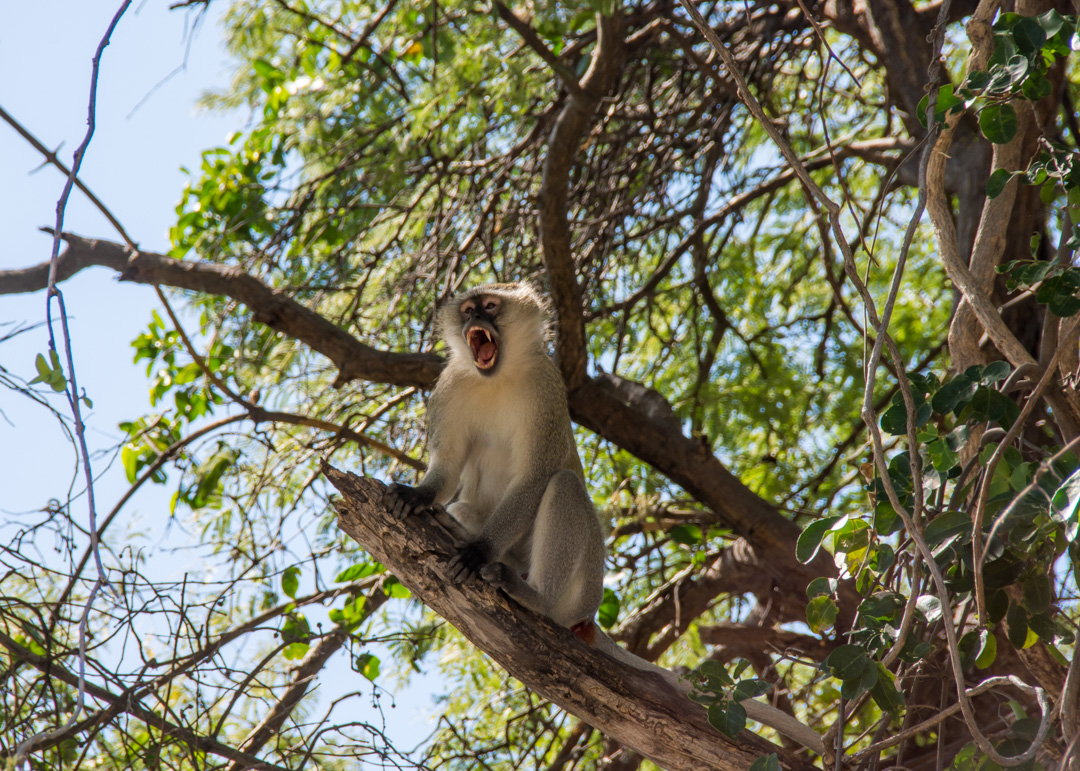
It’s fascinating to witness the collaboration among the different species, each having a specific scream to alert others of impending danger. Monkeys will climb high up in the trees for greater effect and better view of the approaching predator(s).
Also high up in the trees…vultures. Not everyone’s favorite, they’re nonetheless essential to the ecosystem and their presence means one thing – there’s a dead body nearby.
You’ll see them either perched high using their radar or feeding off a decomposing carcass.
Continuing on that thread…what’s more likely to also be near a dead body? You got it, a pack of lions!
Chobe lions are plentiful which is not surprising considering the huge amount of game available for them to hunt.
It’s one of the best places in Botswana to observe them up close and get familiar with the resident pride, this one called the ‘One-eyed pride’ due to its lioness leader having lost her right eye in battle.
They’re so used to the Land Rovers that we could park within a few feet and stay as long as we wanted, prying on their every movement.
Cuddles, games, gentle bites, affectionate slap…cubs are impossibly endearing to watch and we just couldn’t get enough of them.
Adults seem always on the watch if they’re not sleeping after a heavy meal, patiently waiting for their next prey to walk by.
Here comes the leader, the one-eyed lioness walking back to her pride.
The male follows closely behind. It’s not to everyone’s knowledge that lionesses are much better hunters than male lions and end up doing most of the hunting for the pride, just one of the hundreds of fascinating facts a safari like this will teach you.
This is a pack of lionesses having just spotted a warthog…I was hoping for an action shot but he got away, smelled the danger before they could get to him!
Buffalo in Botswana are preyed upon regularly by lions and this one met his end a few hours before we got there. By the next day, vultures and hyenas had cleaned what was left, leaving only the huge horns behind.
Come 6pm, visitors to the park must leave and go back to their lodges in Kasane, with only the lucky ones who have booked one of the few camps inside the park allowed to stay. I had obviously made the smart choice to experience the wilderness throughout the night (more on that later!)…
A number of mobile tented safari camps offer the ultimate safari experience, at once intimate and luxurious, smack in the middle of the park. I couldn’t have been more pleased with my stay at Chobe Under Canvas, an intimate 6 tents mobile camp as authentic and genuine as they get. From the warm welcome at the end of every game drives to the impeccable amenities, it was a truly wonderful African experience.
There was always a well-stocked bar close by to quench our thirst and feed the flow of incredible stories from the day’s sightings
The tents themselves were the definition of glamping – sophisticated abodes in the wildest of places.
Plush beds, hot bucket showers and eco-friendly products provide a welcome pampering after a long day of chasing wildlife sitting in a truck.
Scrumptious meals are served under canvas or under the stars, local roasts of beef and lambs with fresh vegetables from local farms dominating the menu.
Evenings are filled with animated discussions by the campfire to the sounds of the surrounding game lurking about. Visiting lions were a daily occurrence, leopards a more rare though possible spotting. Needless to say, in such open and wild places even the short distance from the fire to our tents required the presence of a guide, the pitch darkness able to conceal the biggest of predator.
Nights in the park are frightfully exciting and mesmerizing, and definitely not relaxing. It’s not news that predators are most active during the night and while I was able to get maybe 2-3 hours of sleep, the early morning 3am grunts and roaring of lions a few feet from our tents were a sure way to sent my heart racing and my ears craving for more. It’s completely insane to think we were sleeping literally in the middle of their hunting ground with only a canvas wall separating us, and yet none of us ever felt threatened. We even awoke one morning to the pride resting a mere 20 feet from camp, lying in the grass near the dead campfire. Let’s just say if you’re after a rush of adrenaline and to live the true African Safari experience you should do it exactly this way… Botswana really is one of the world’s last remaining true wilderness areas and I feel everyone has to live it once. I’m so glad I did!

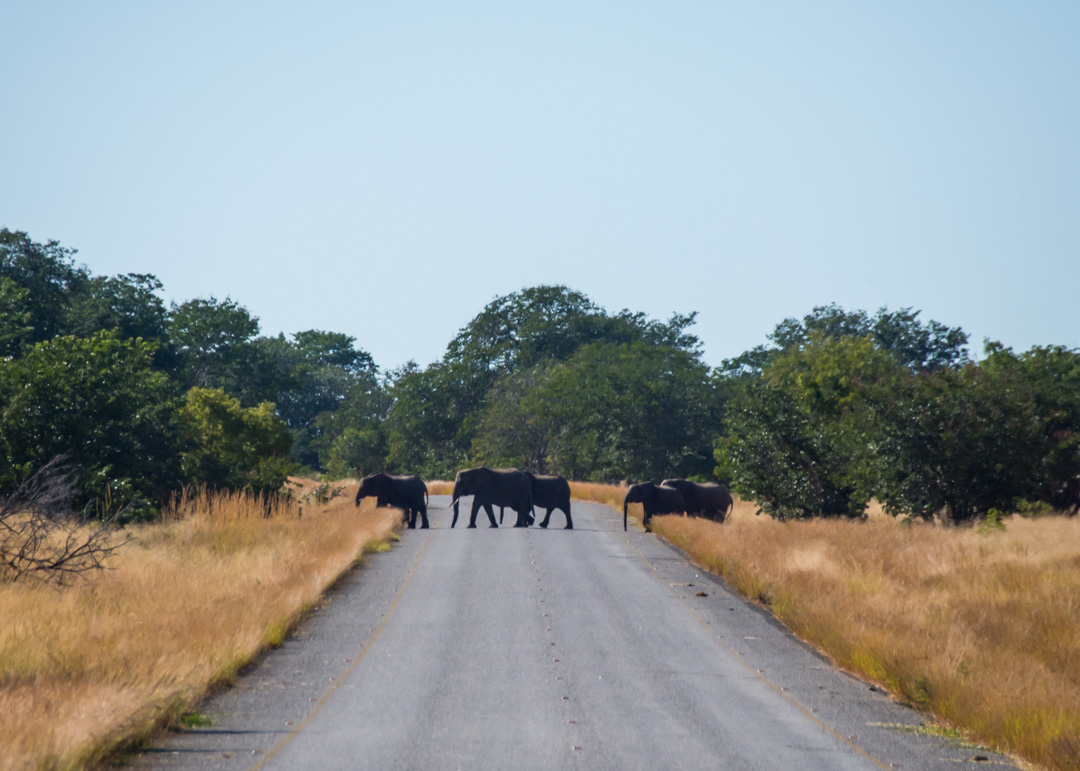
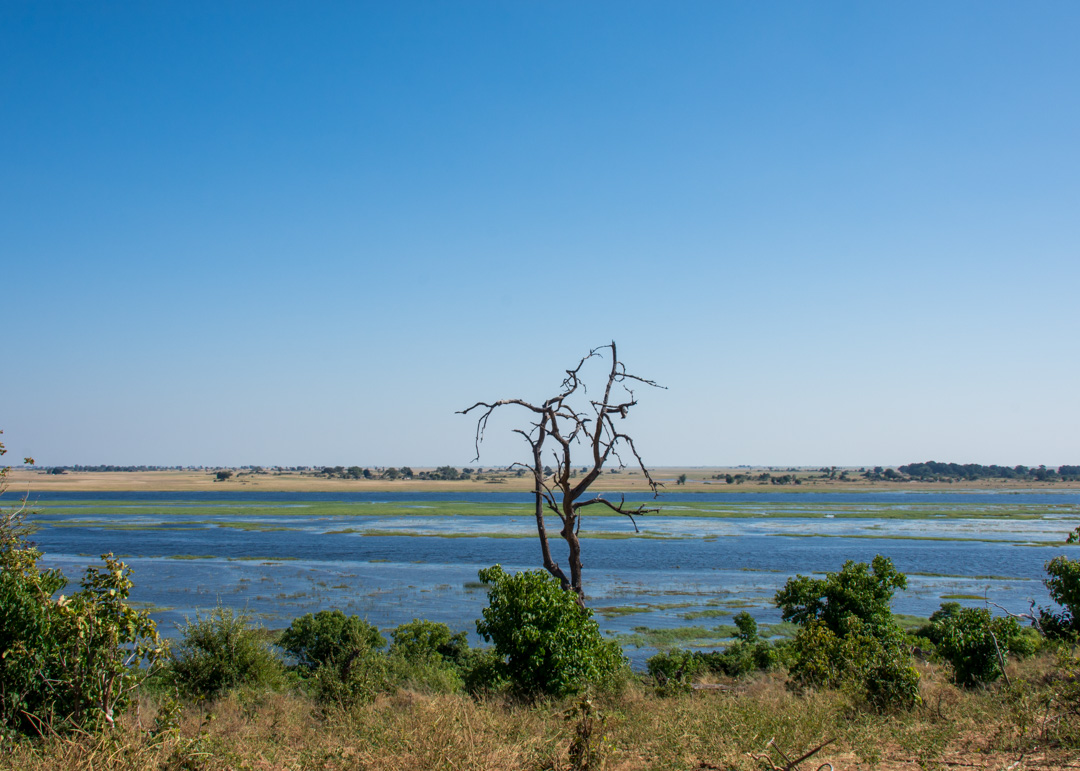
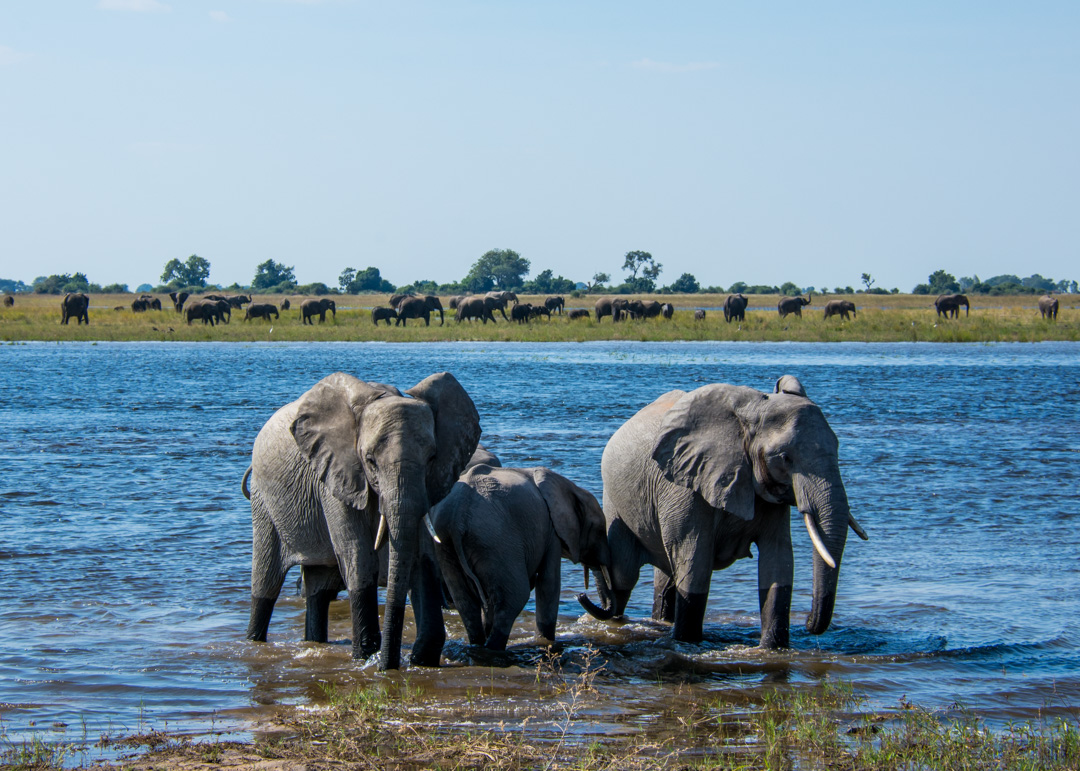
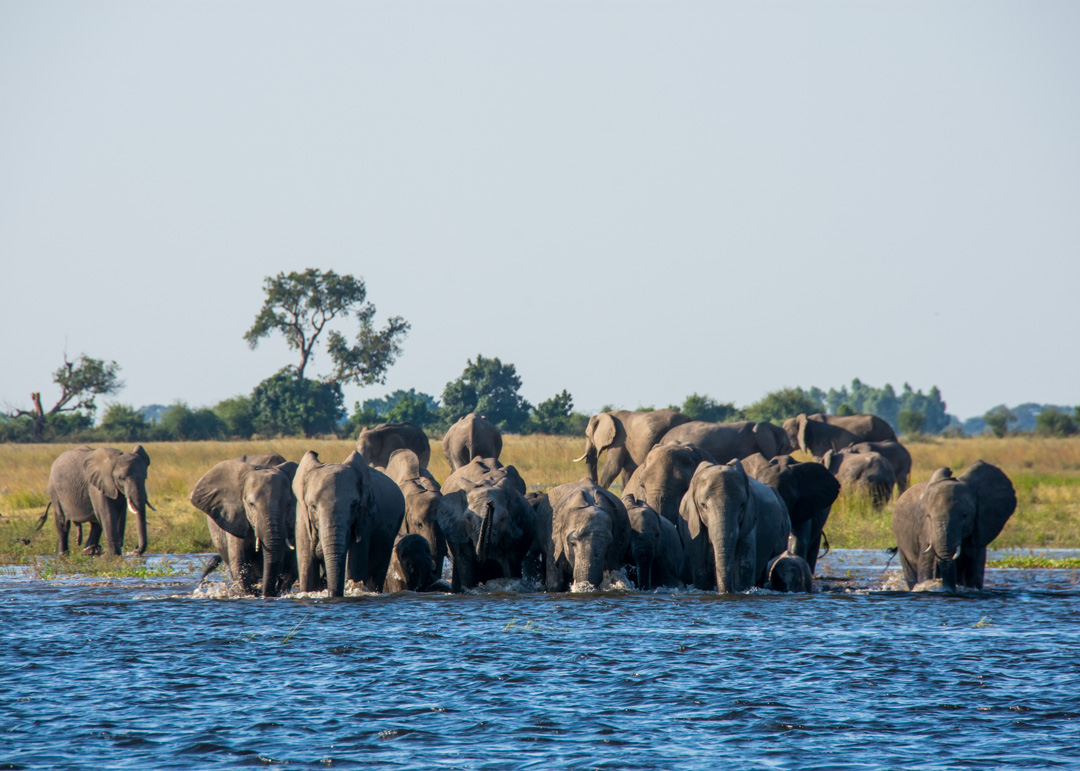
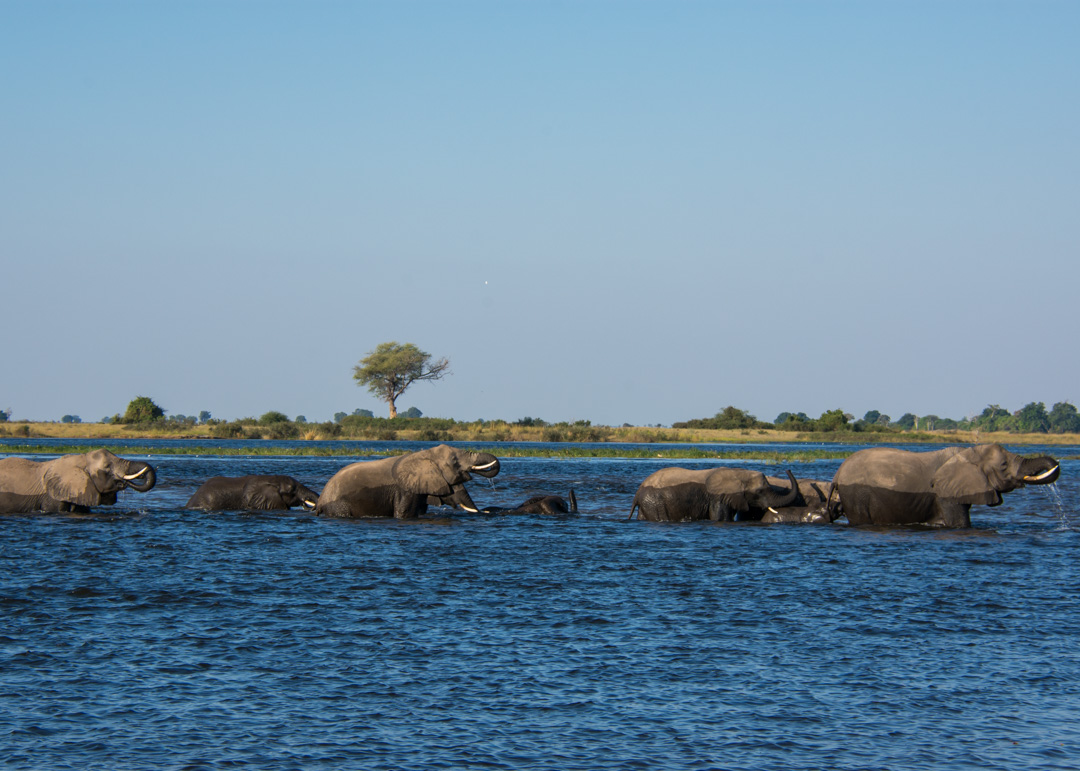
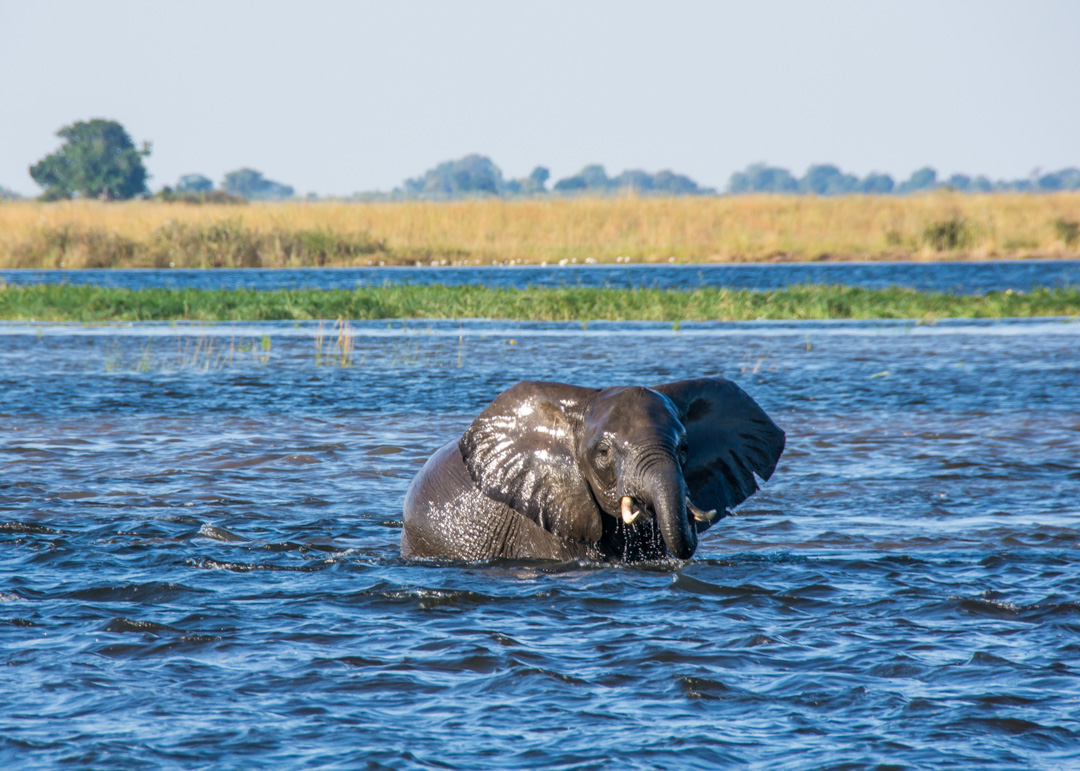
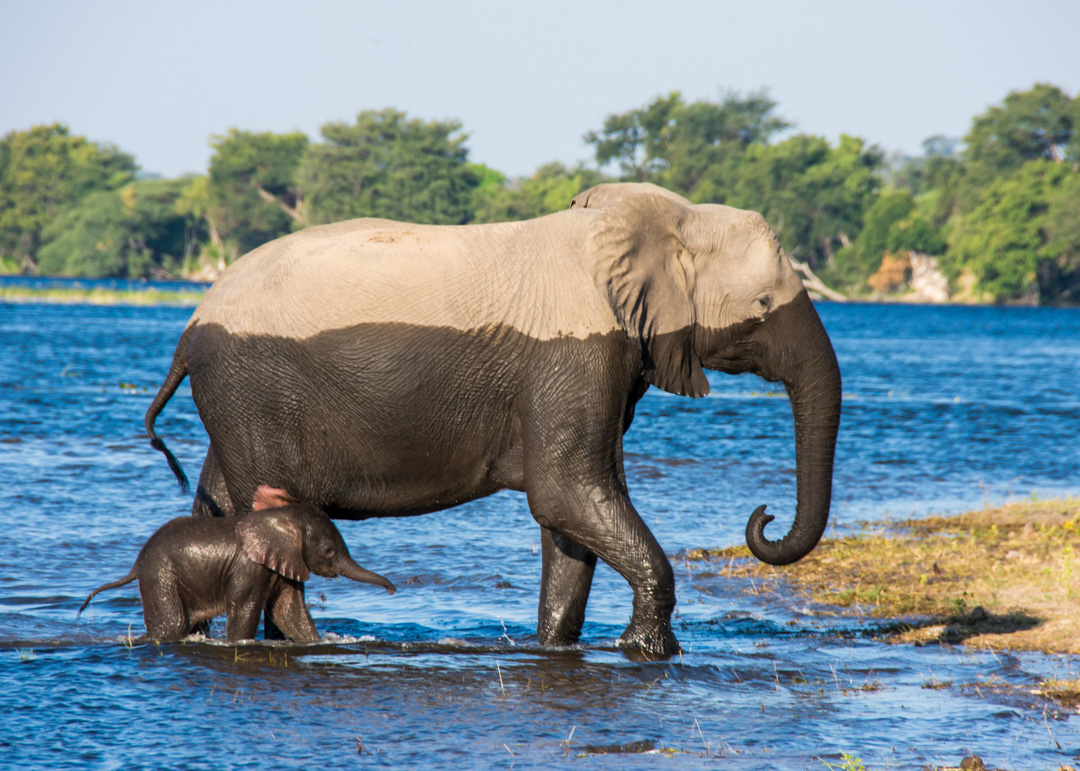
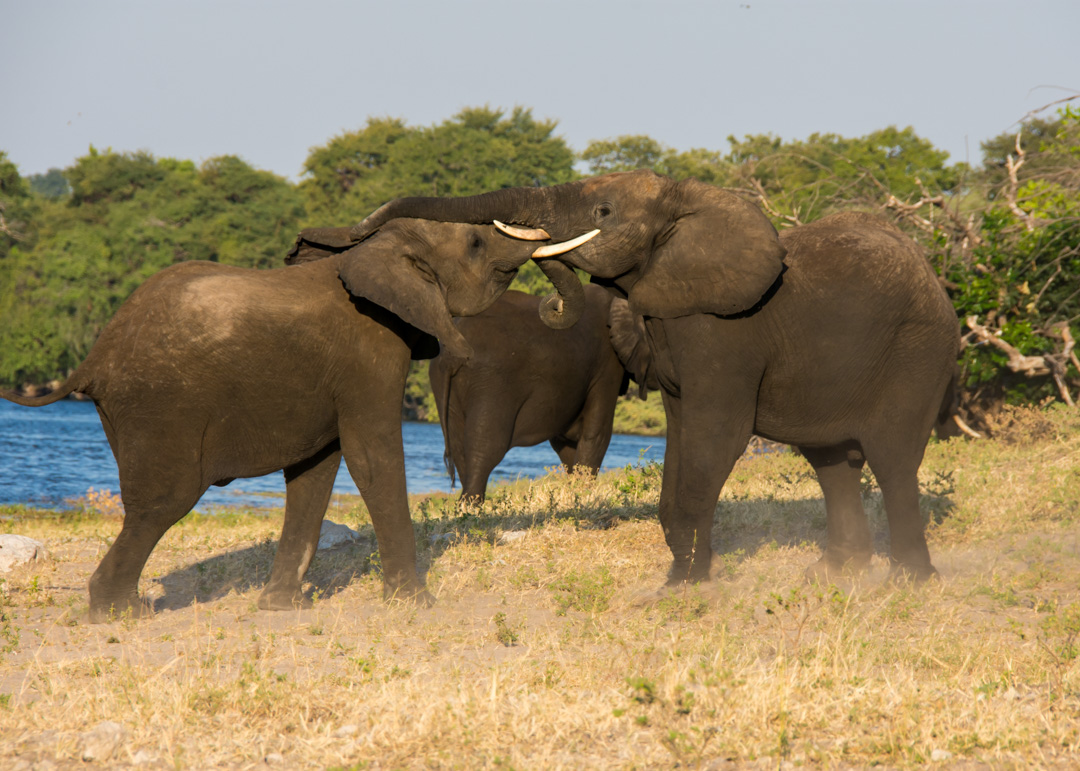
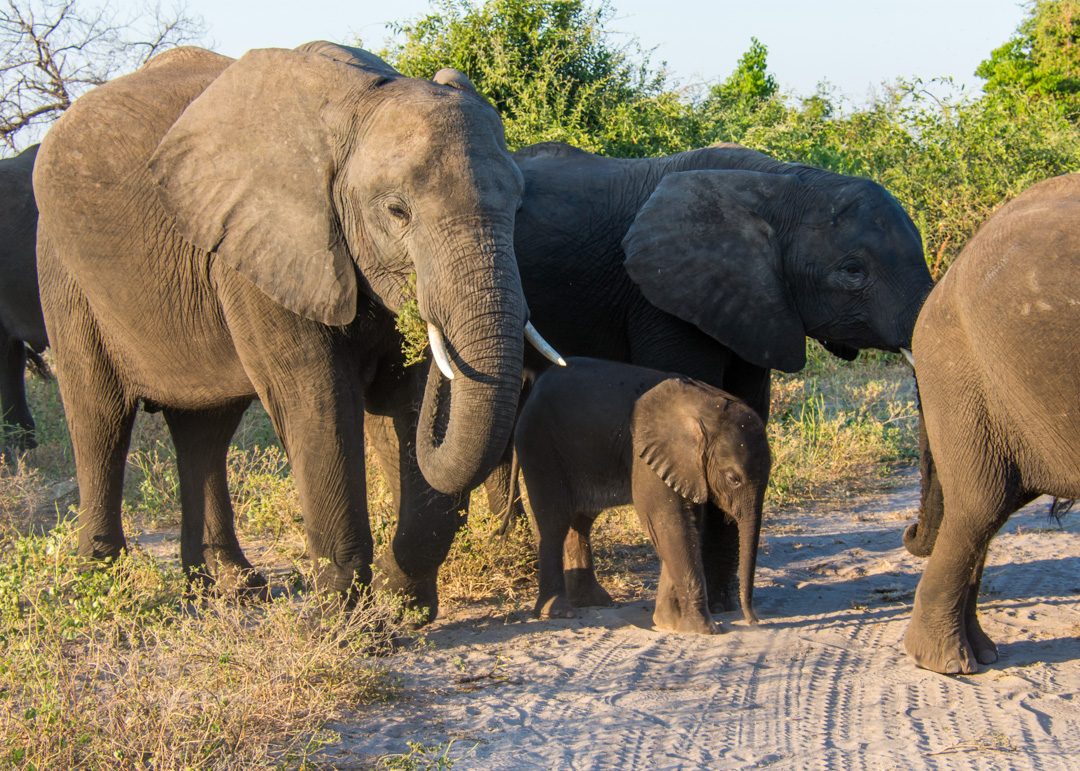
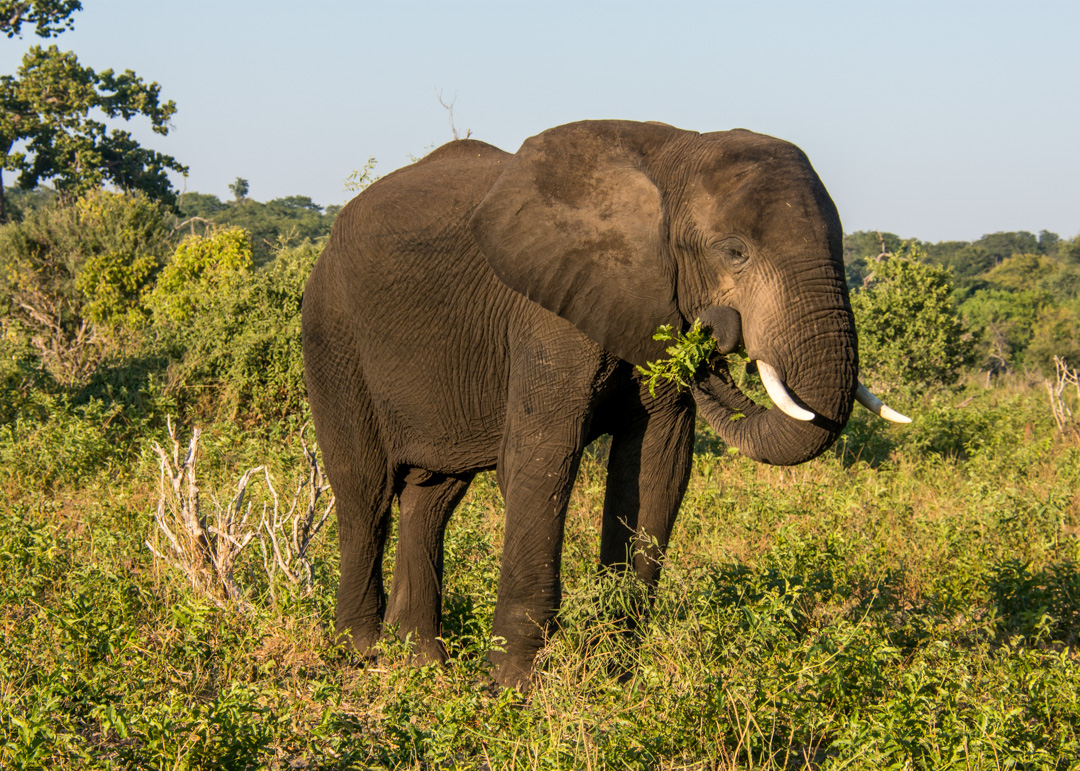
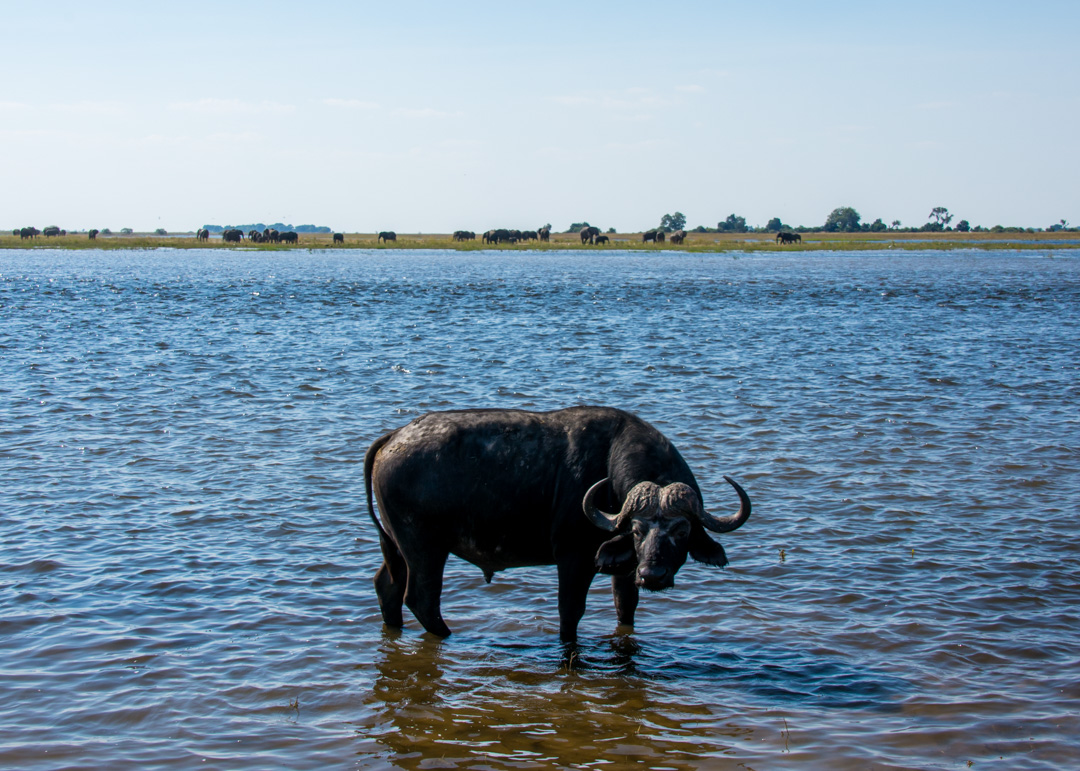
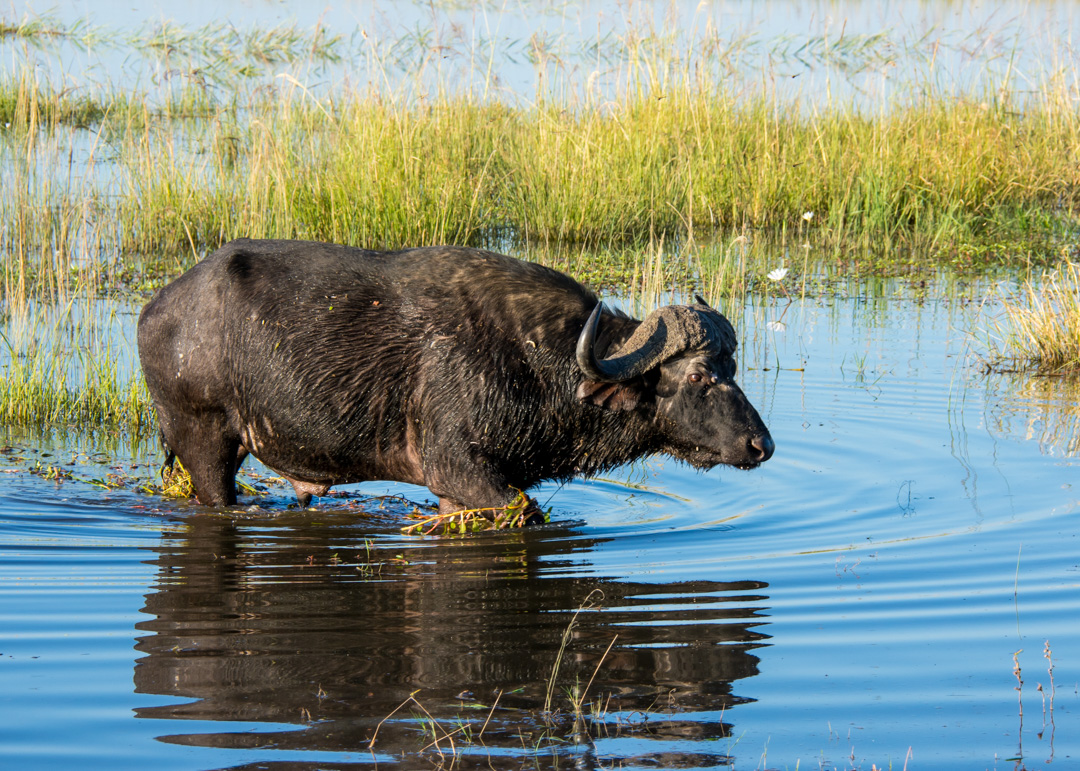
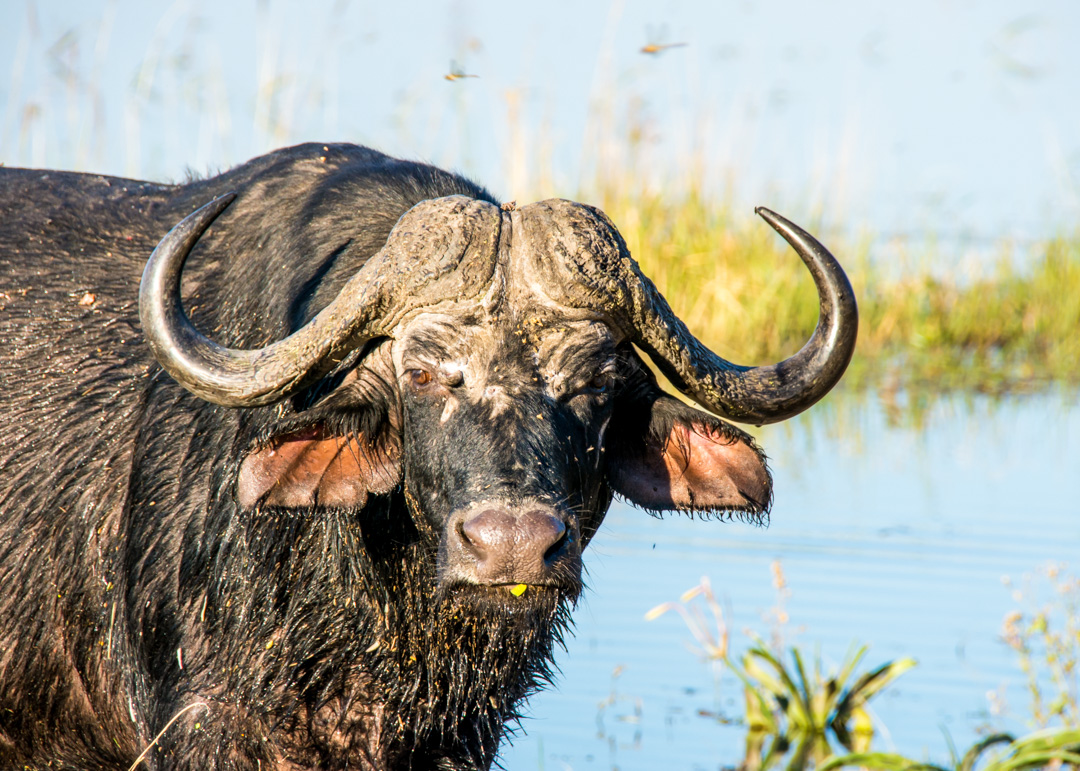
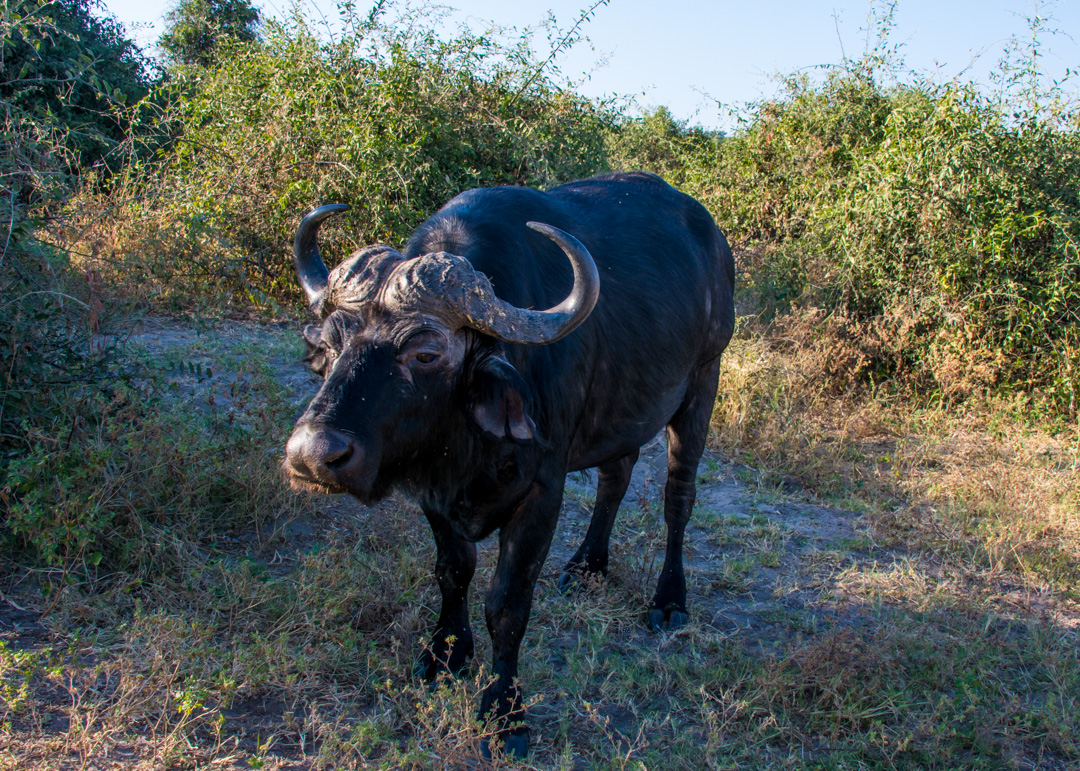
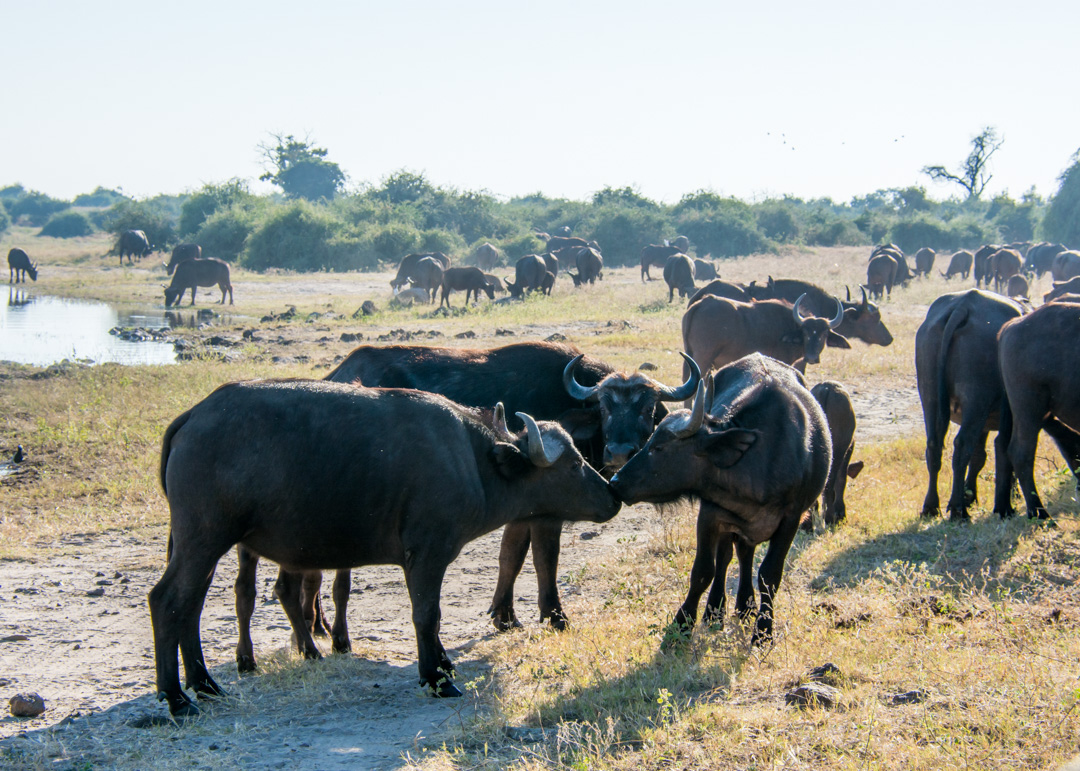
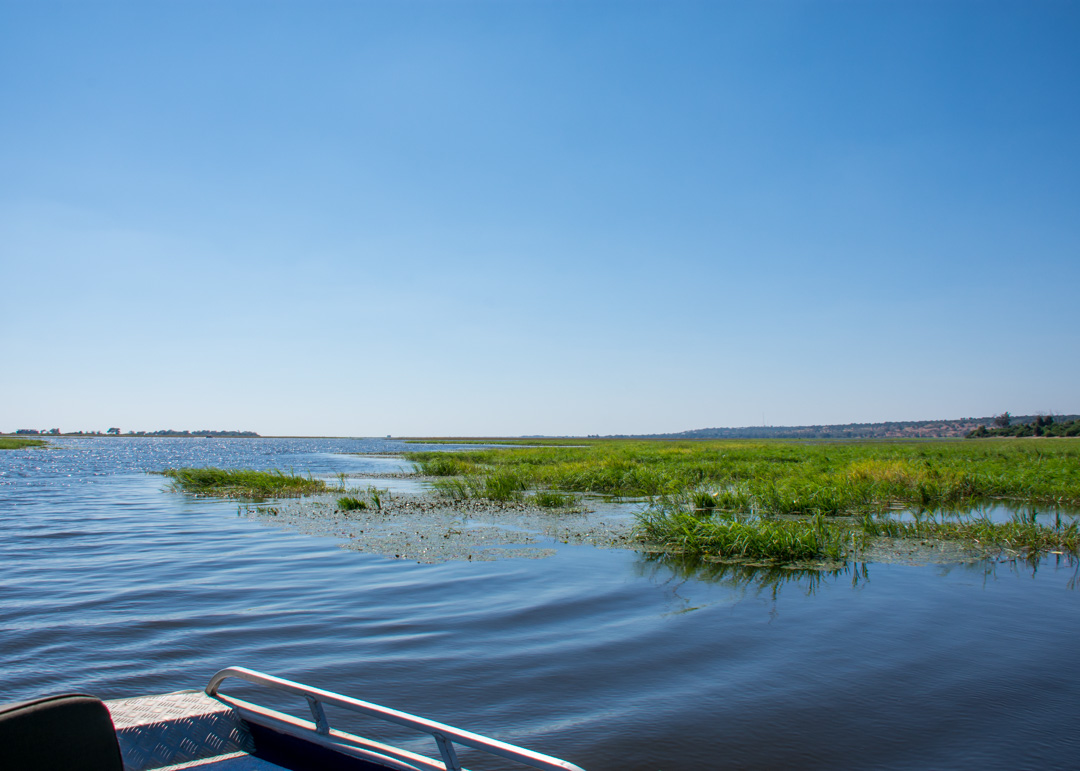
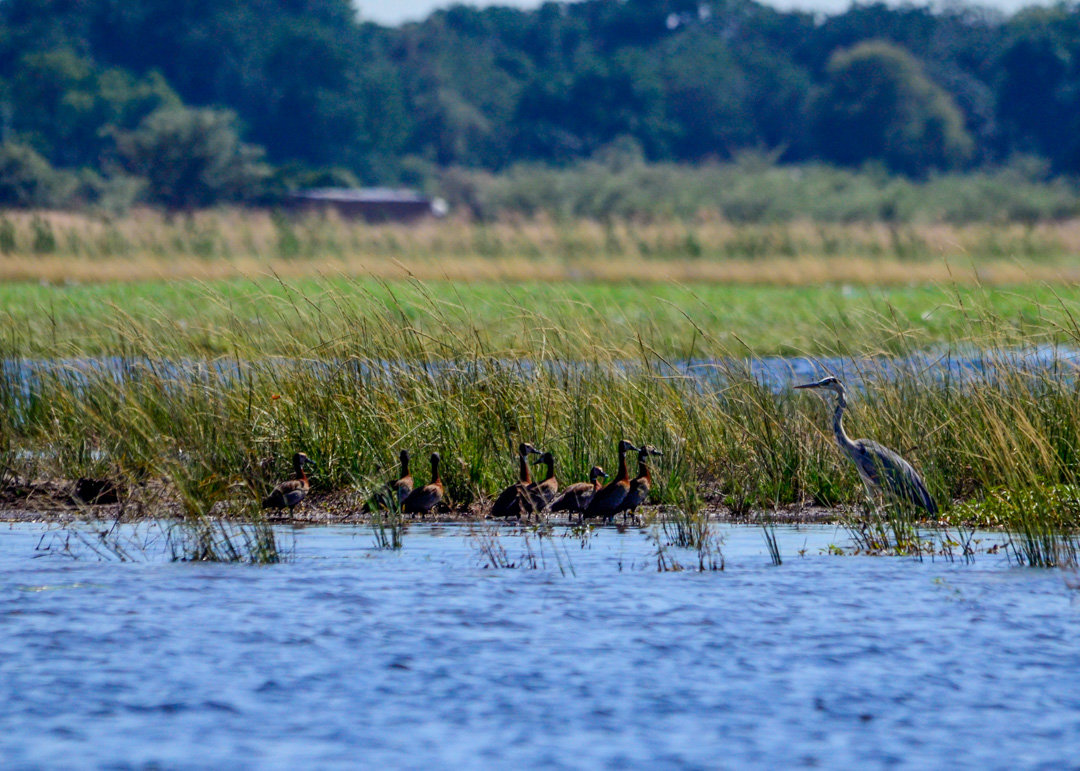
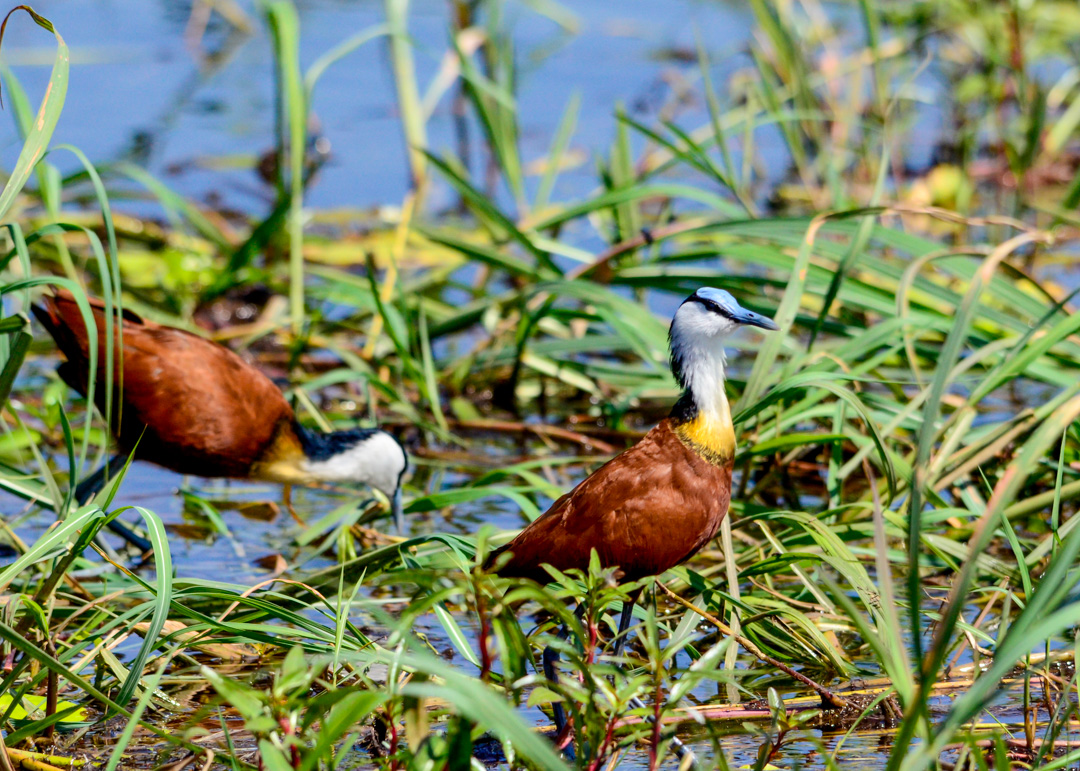
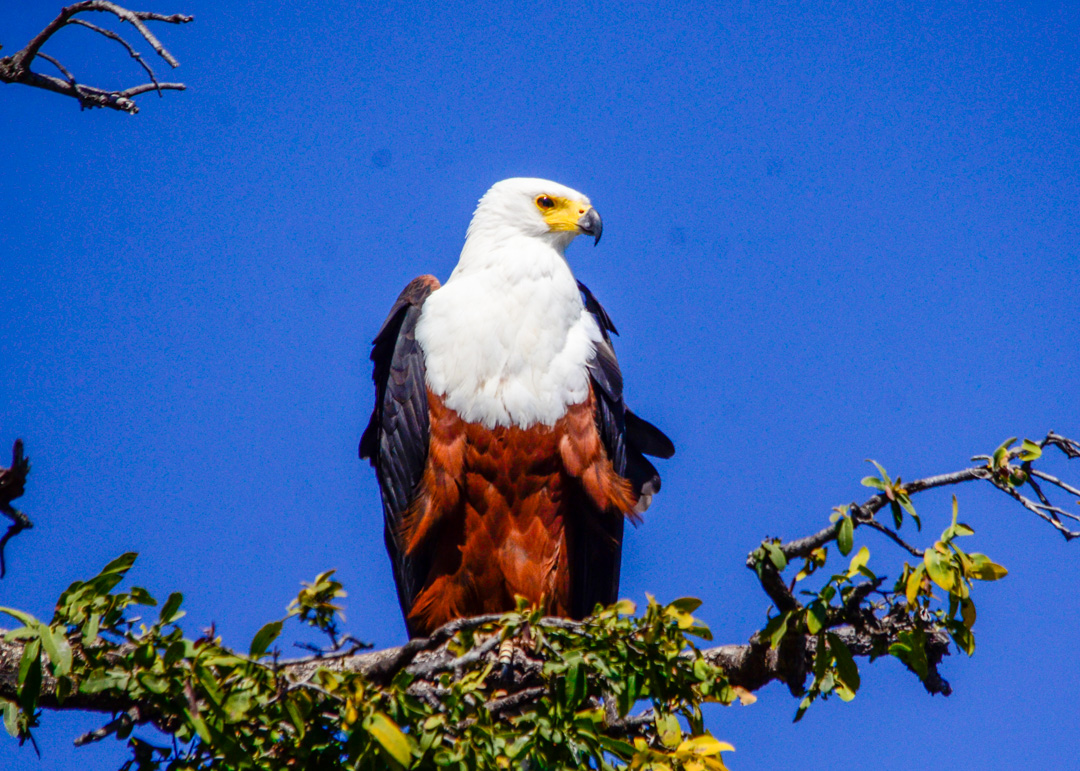
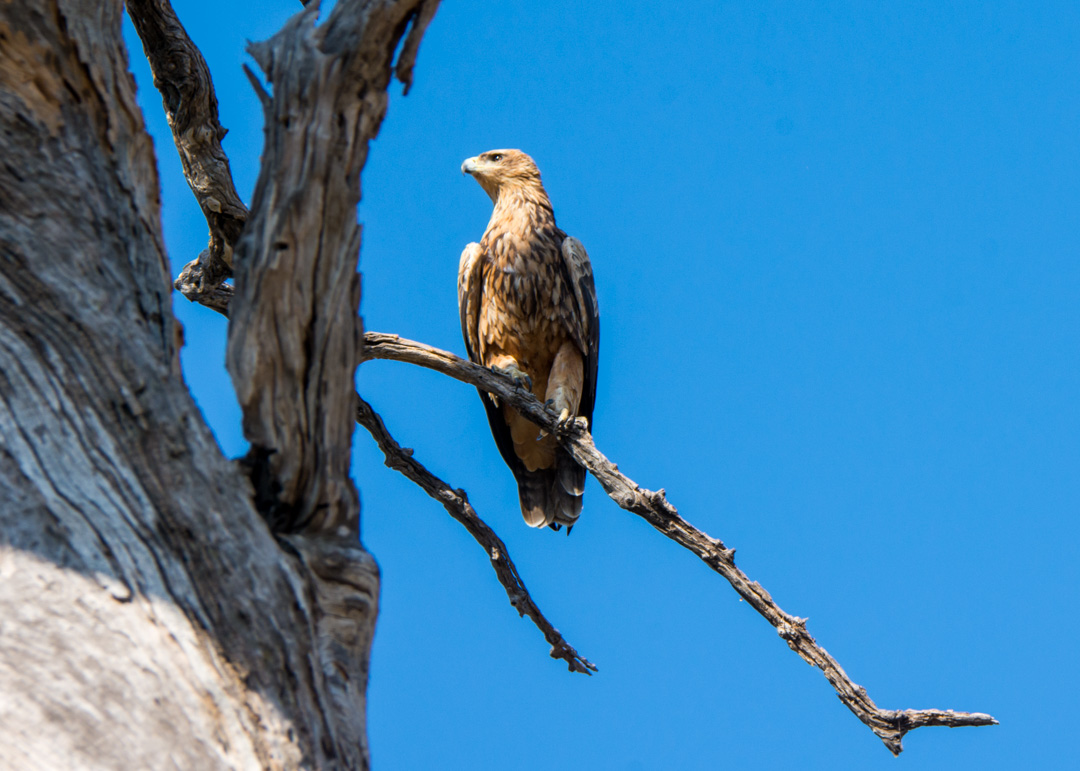
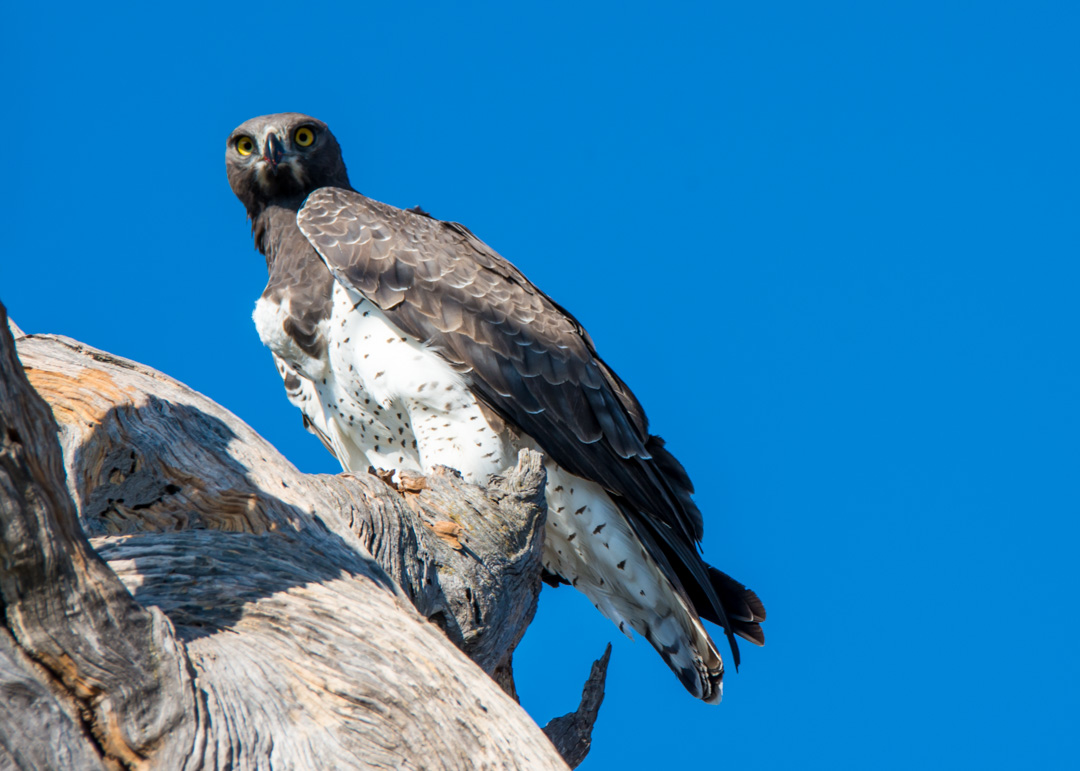
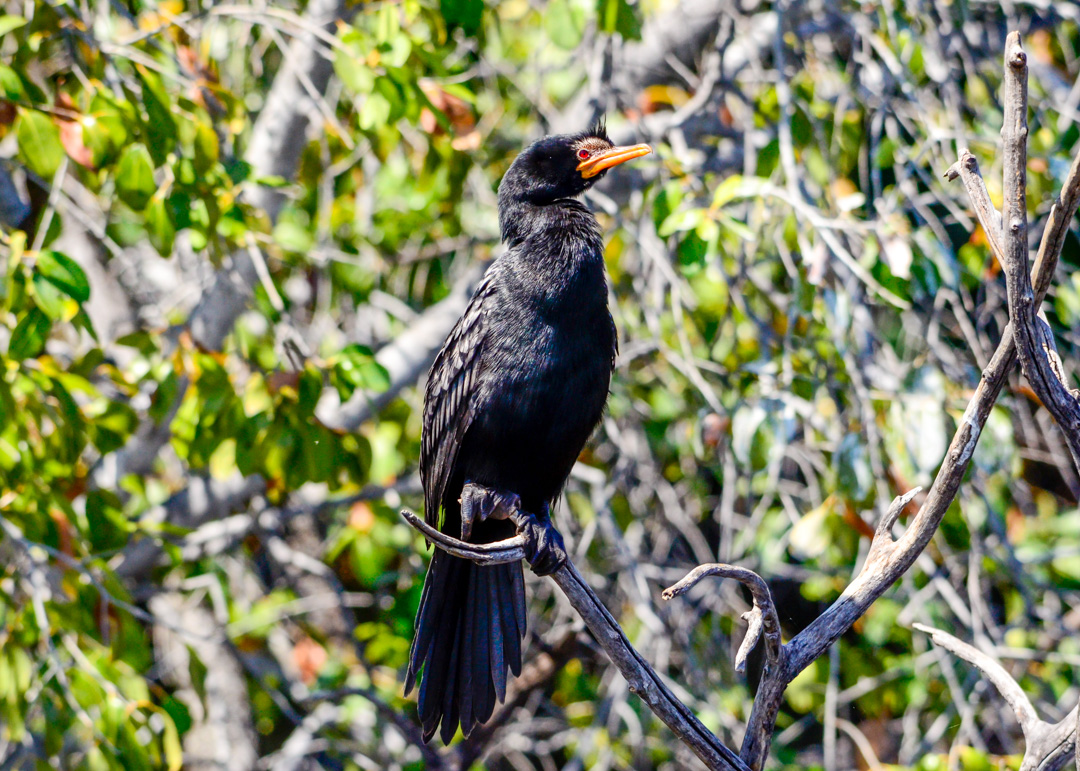
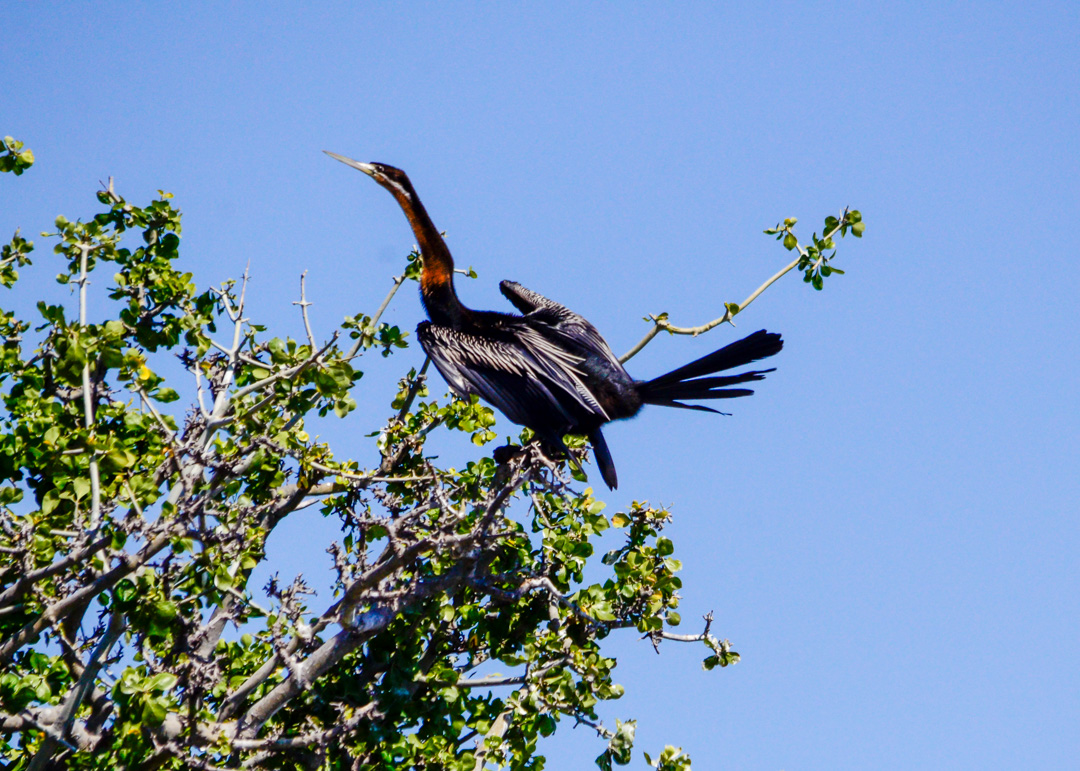
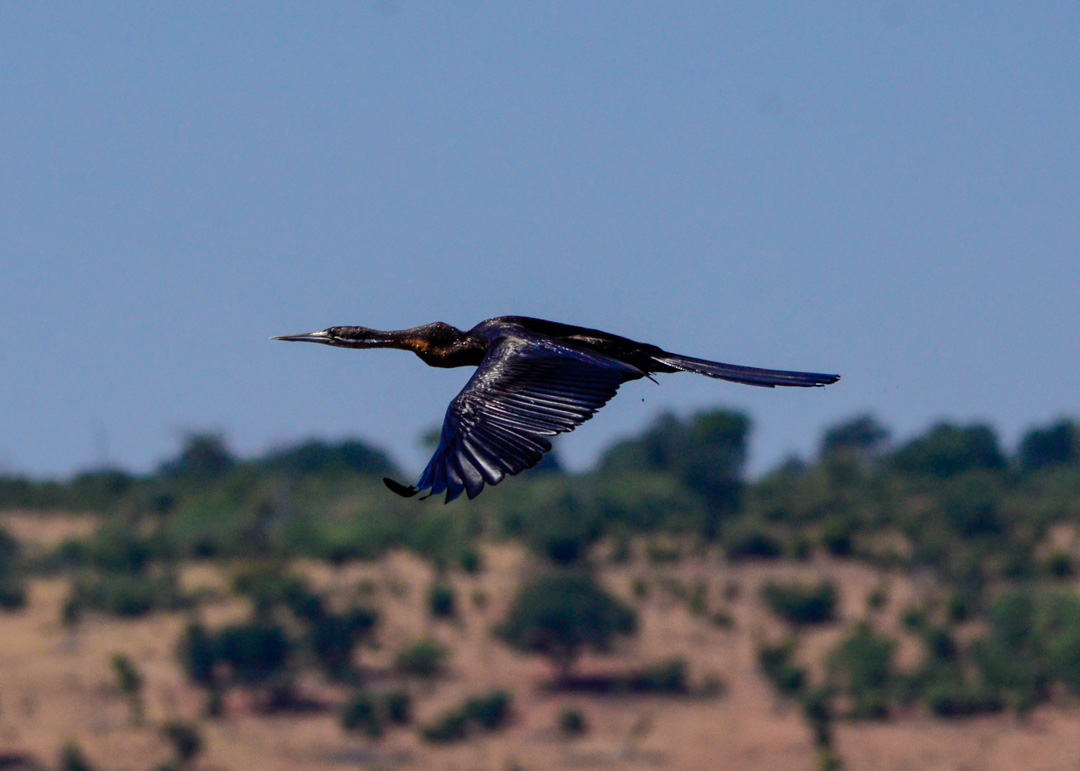
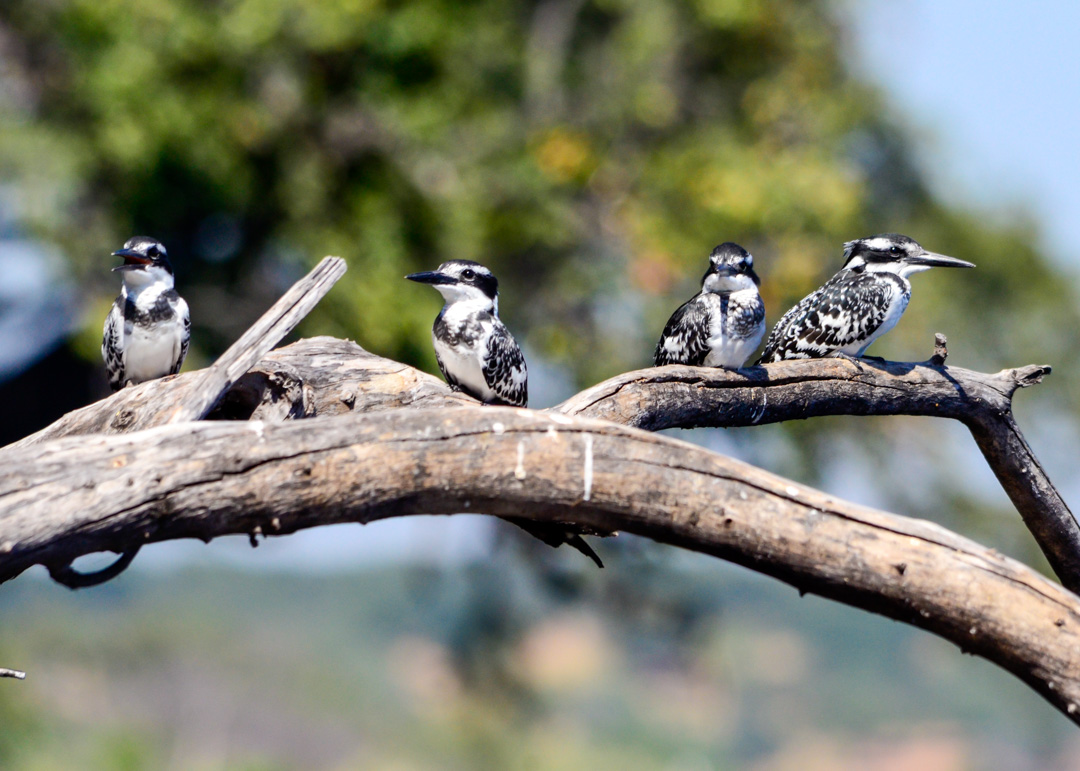
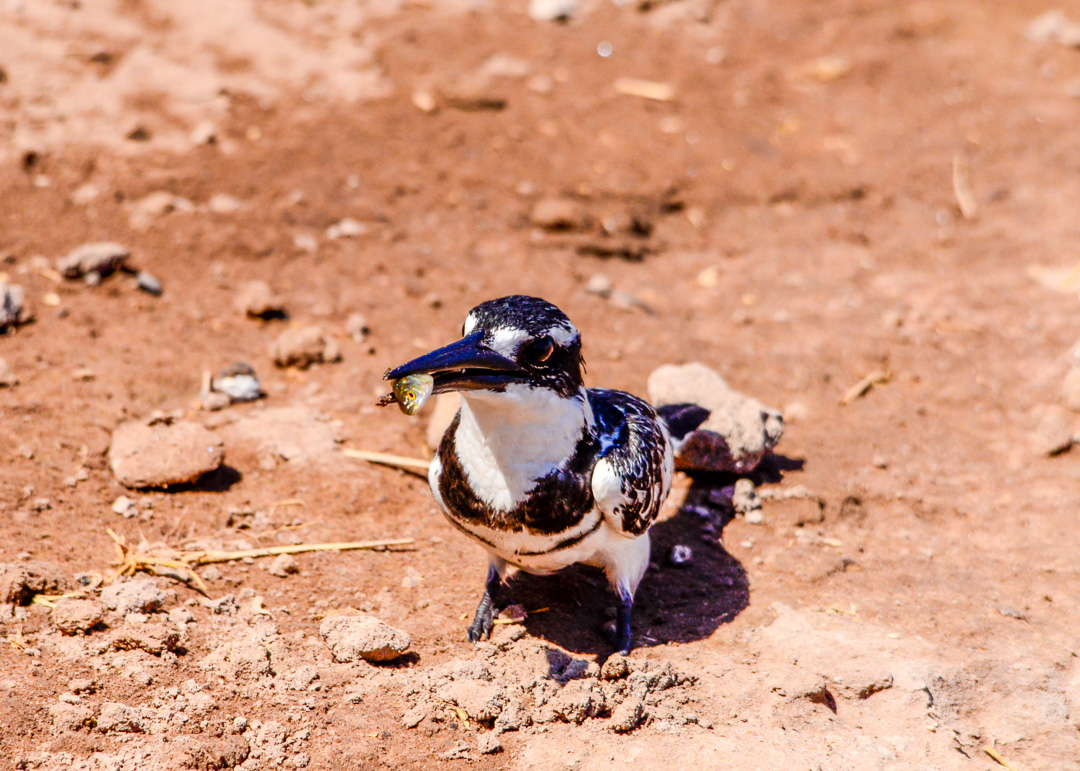
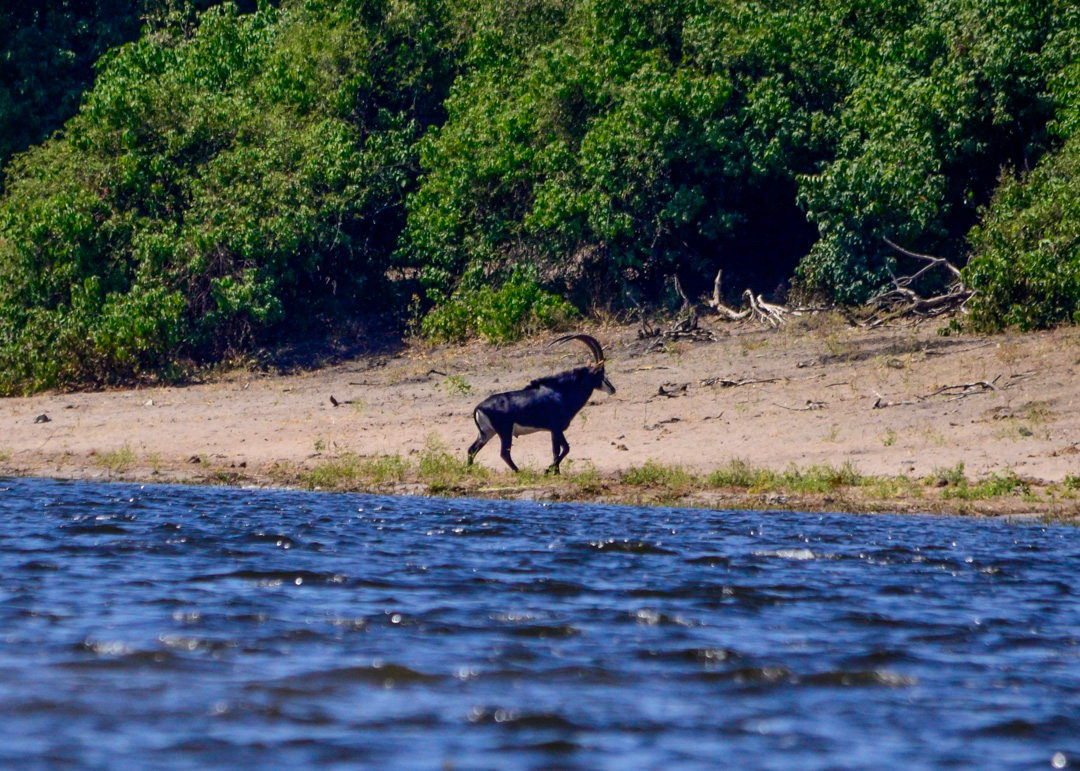
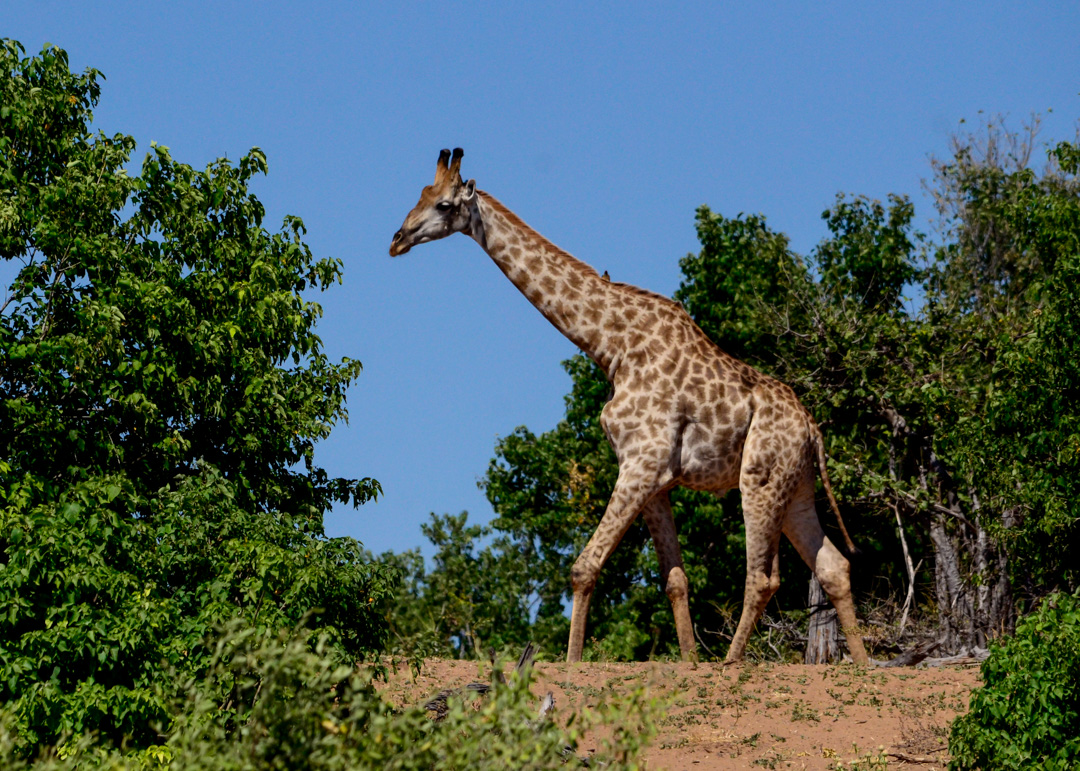
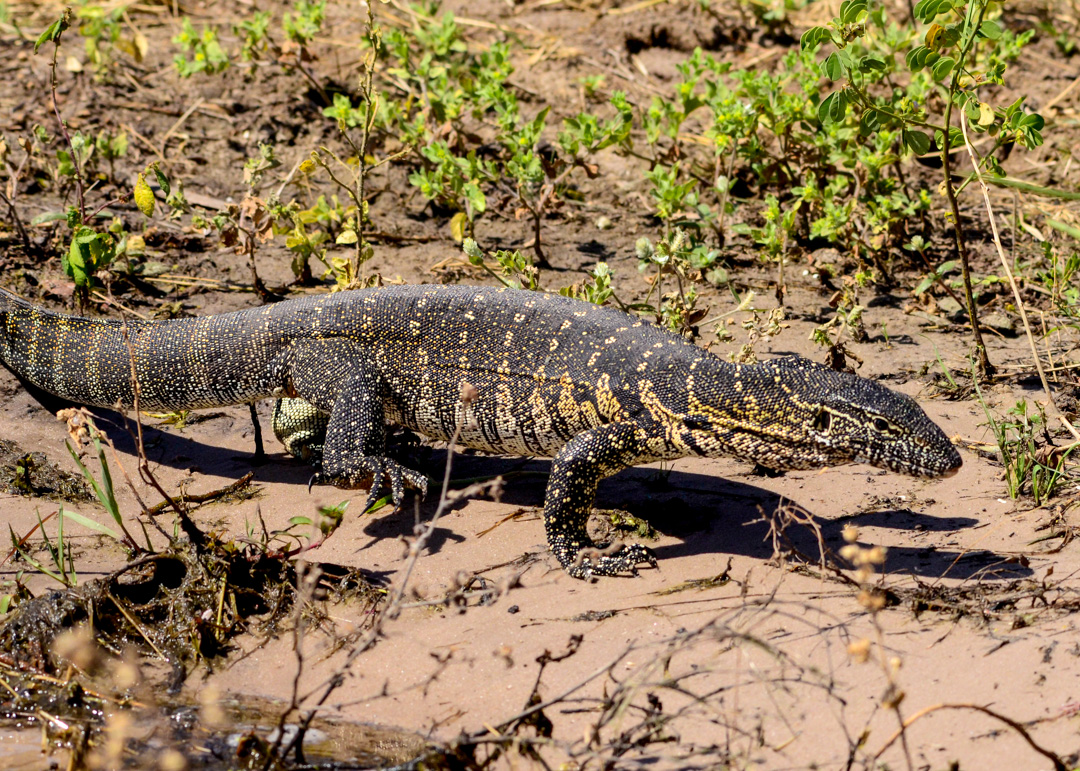
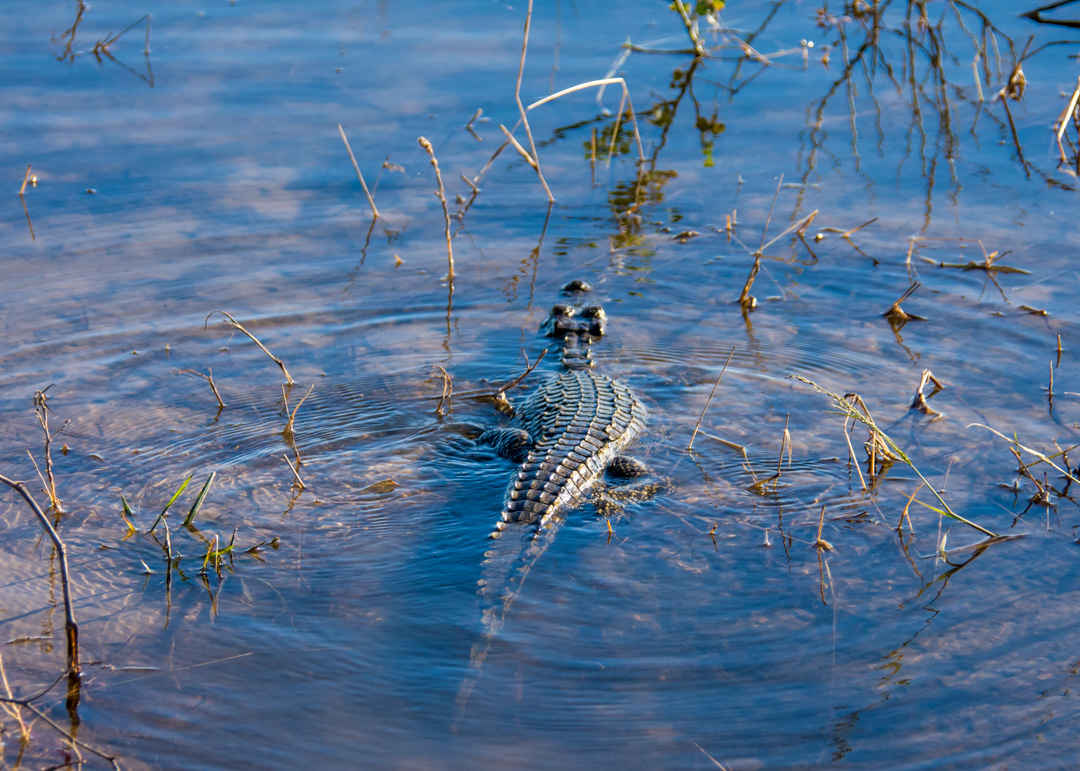
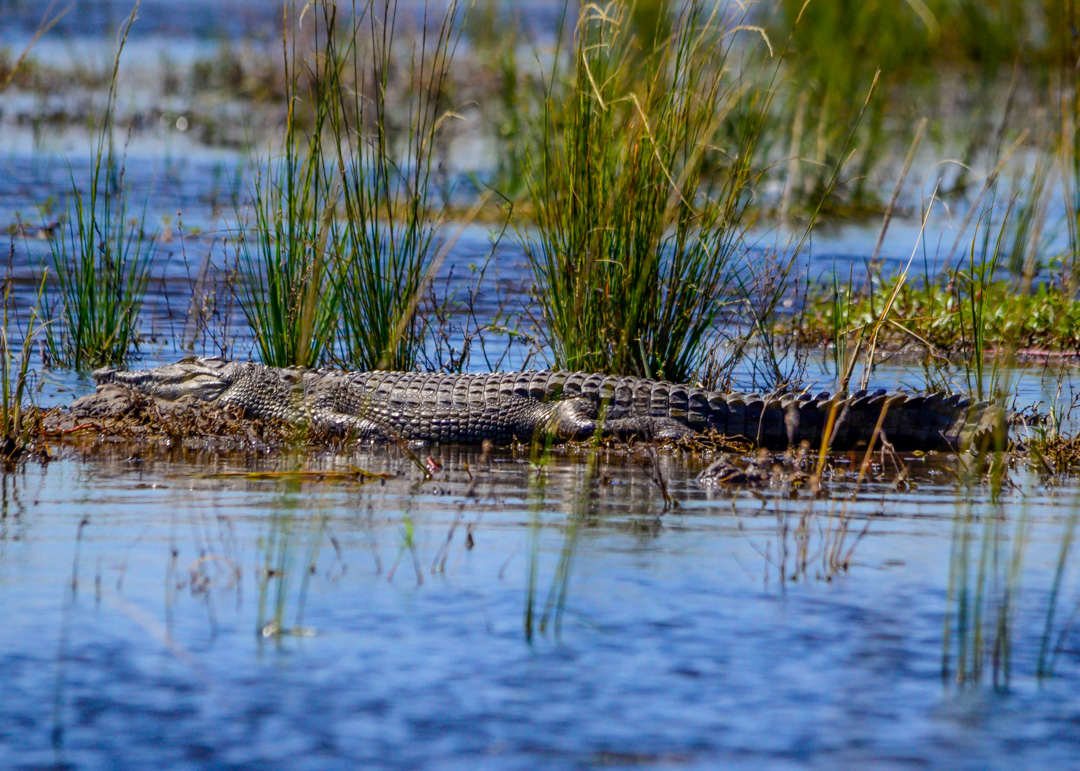
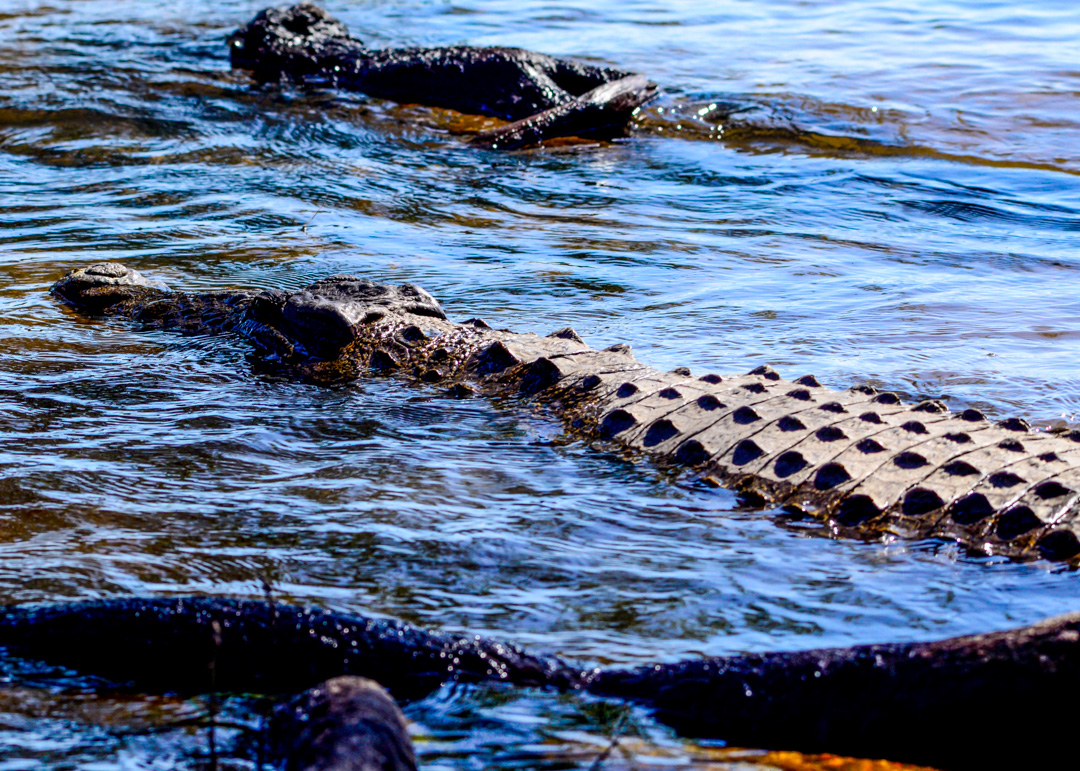
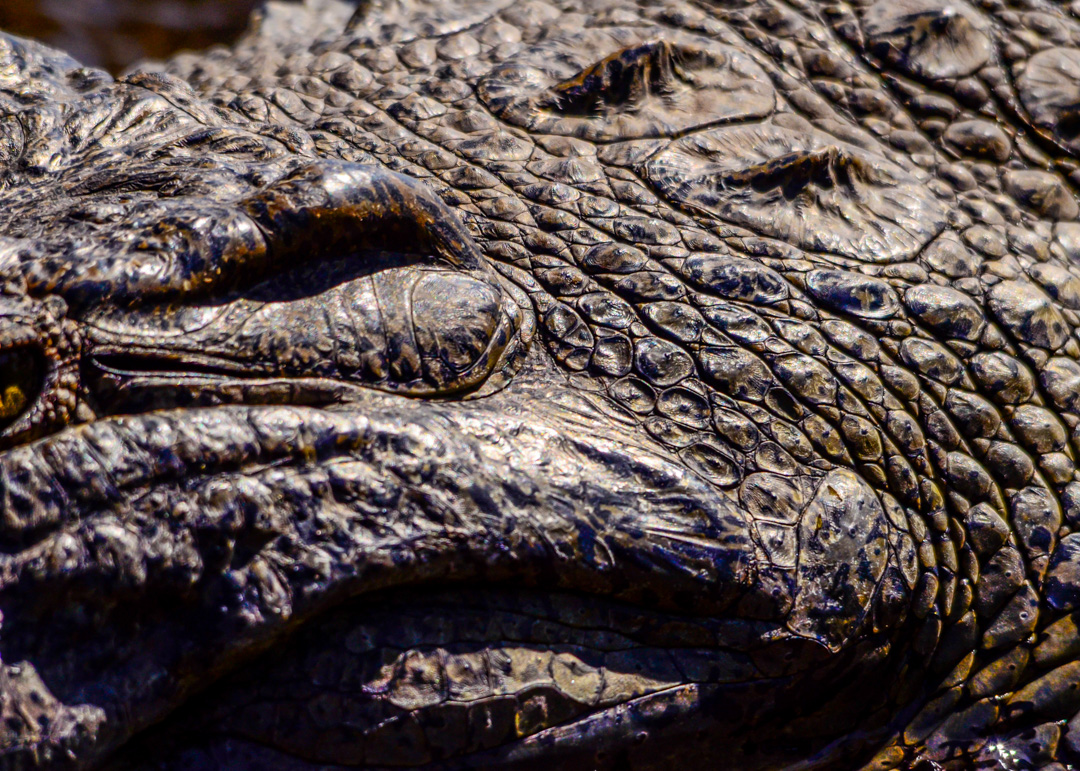
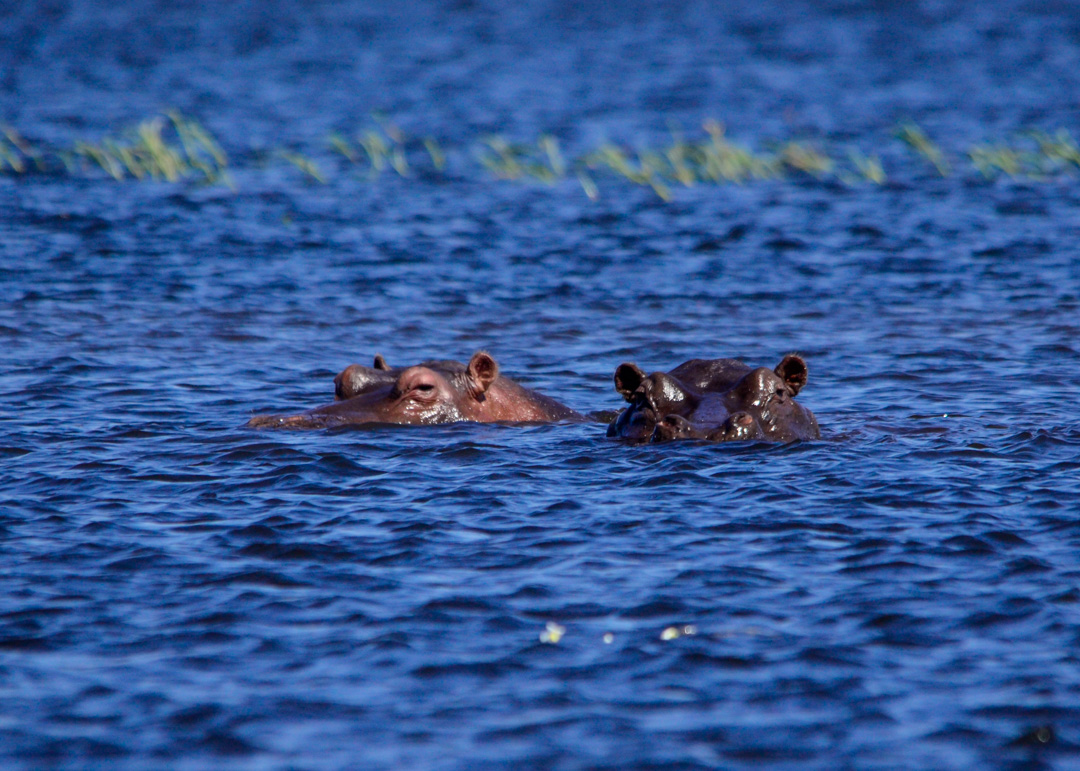
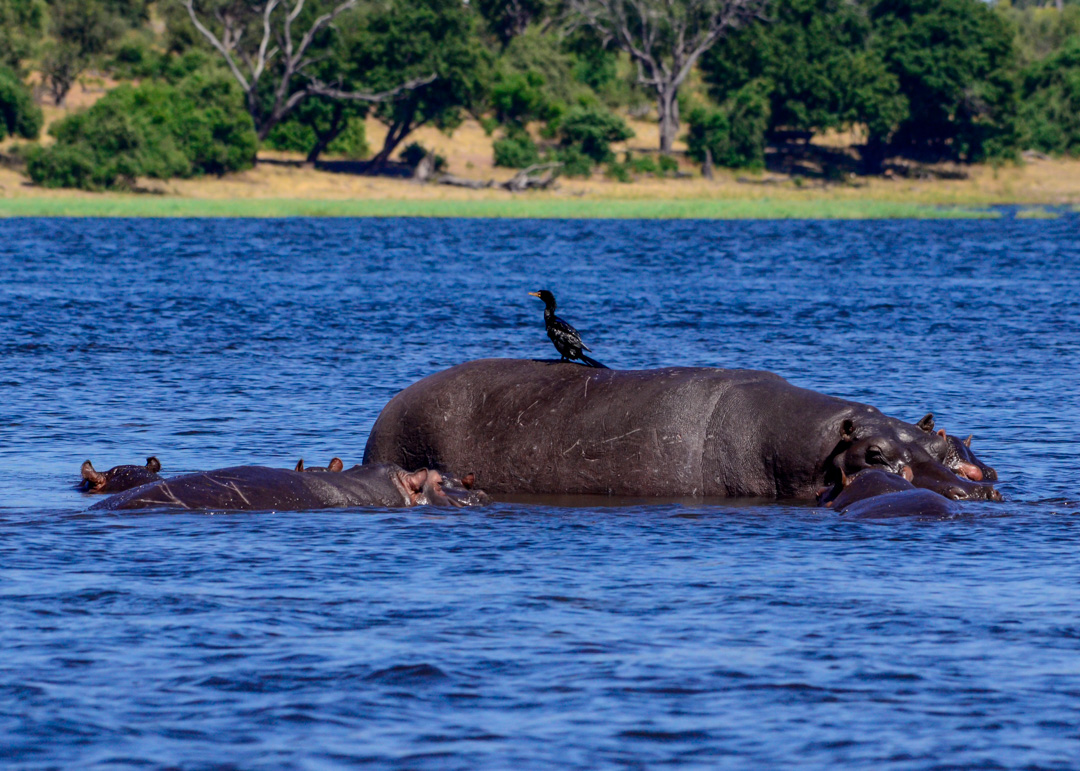
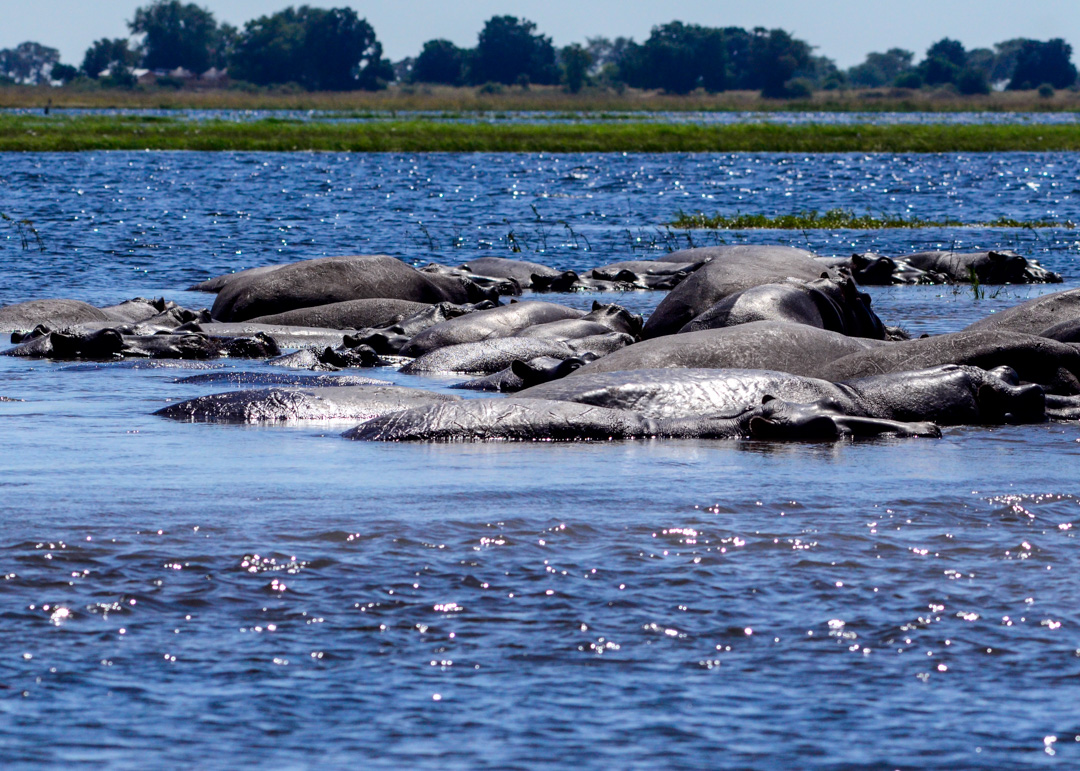
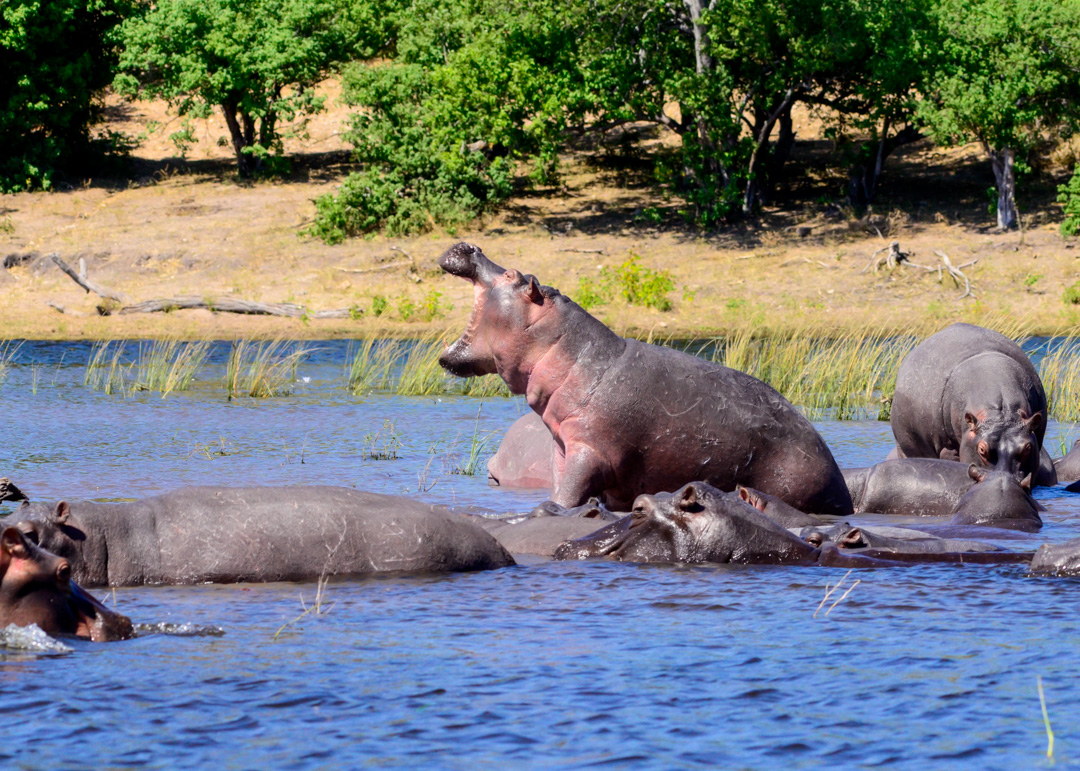
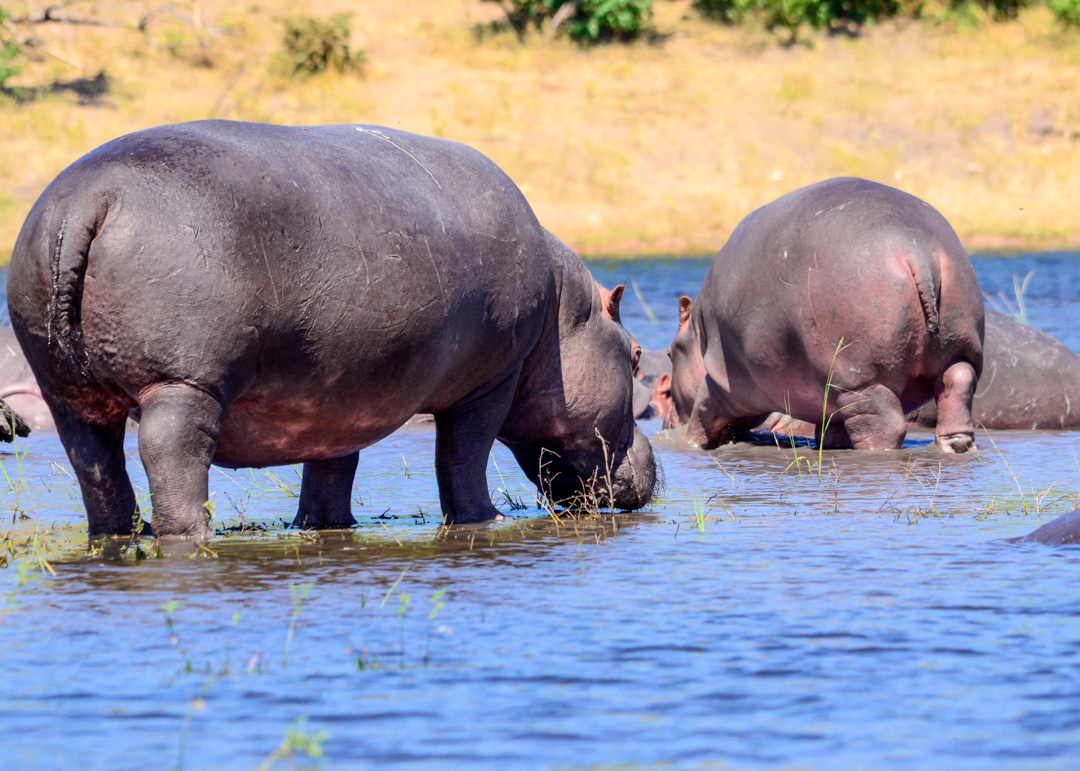
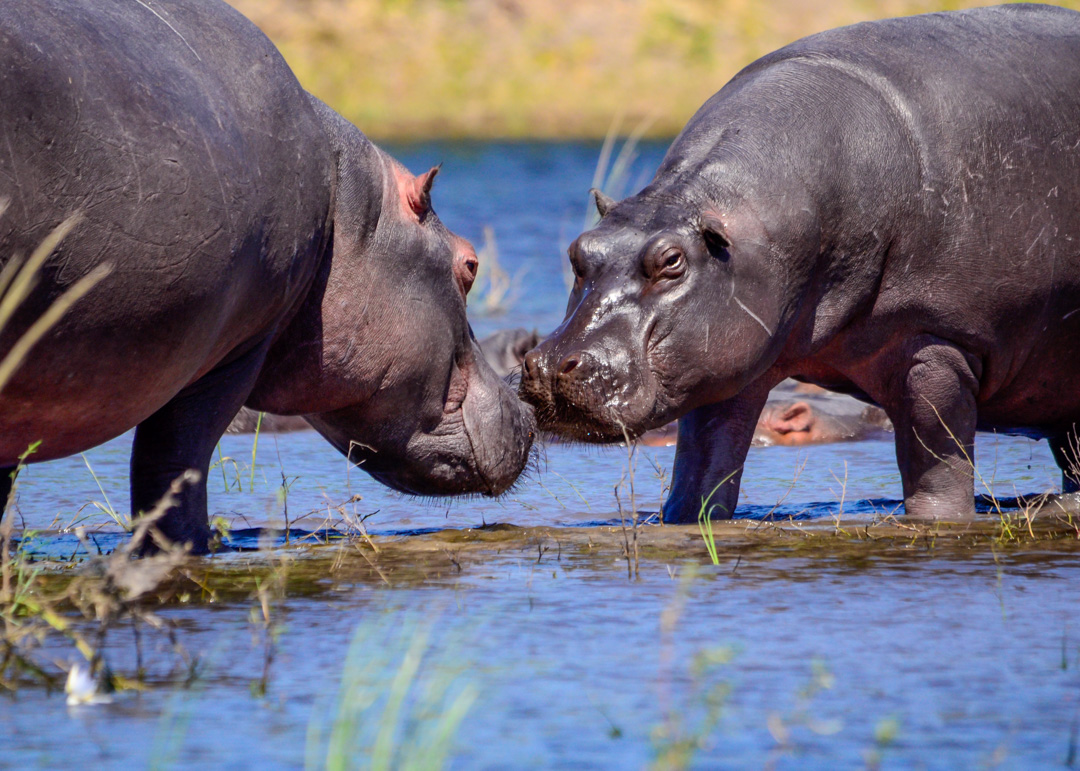
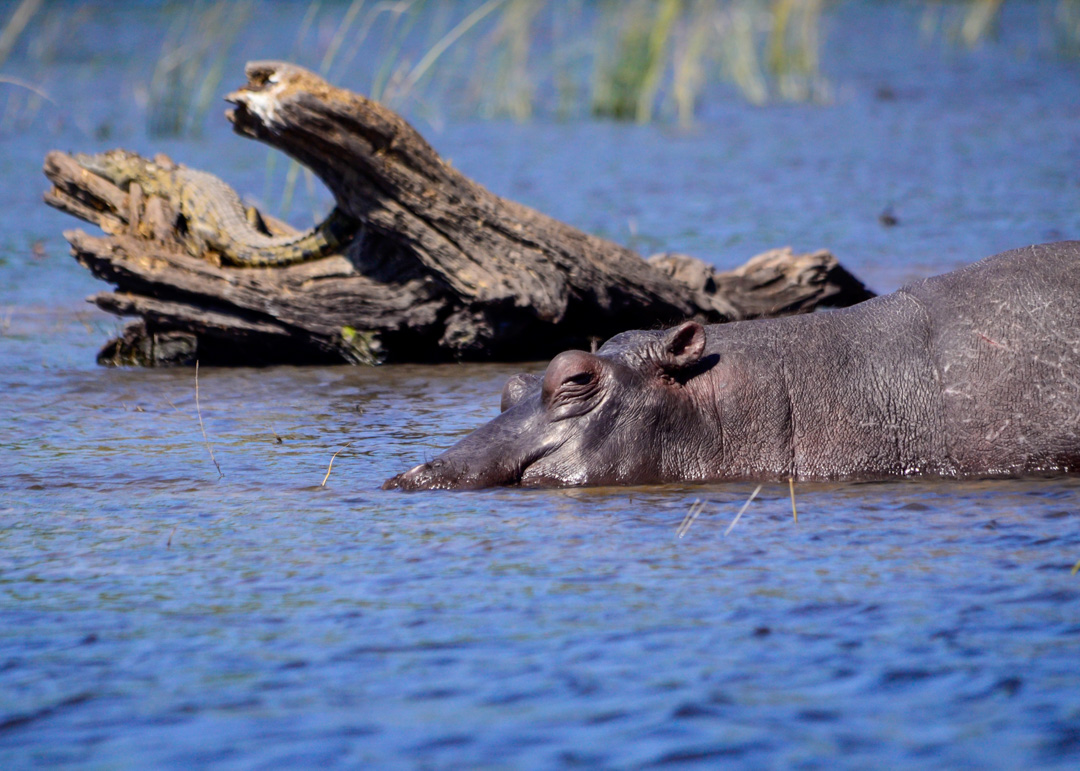
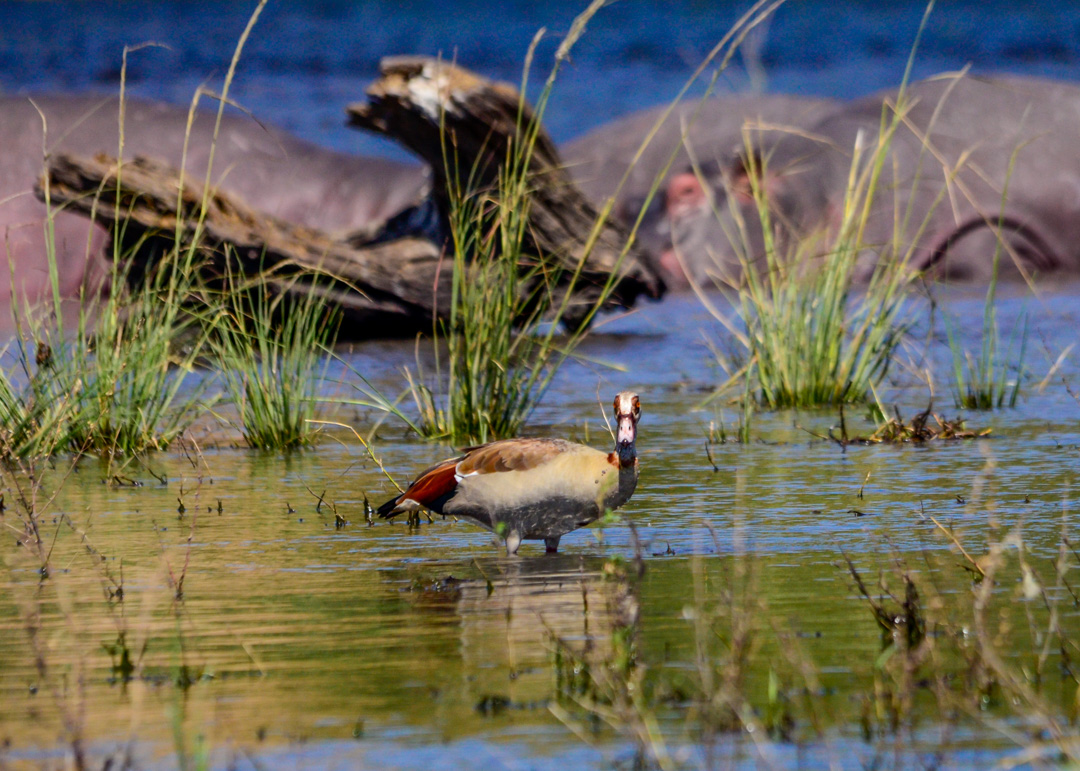
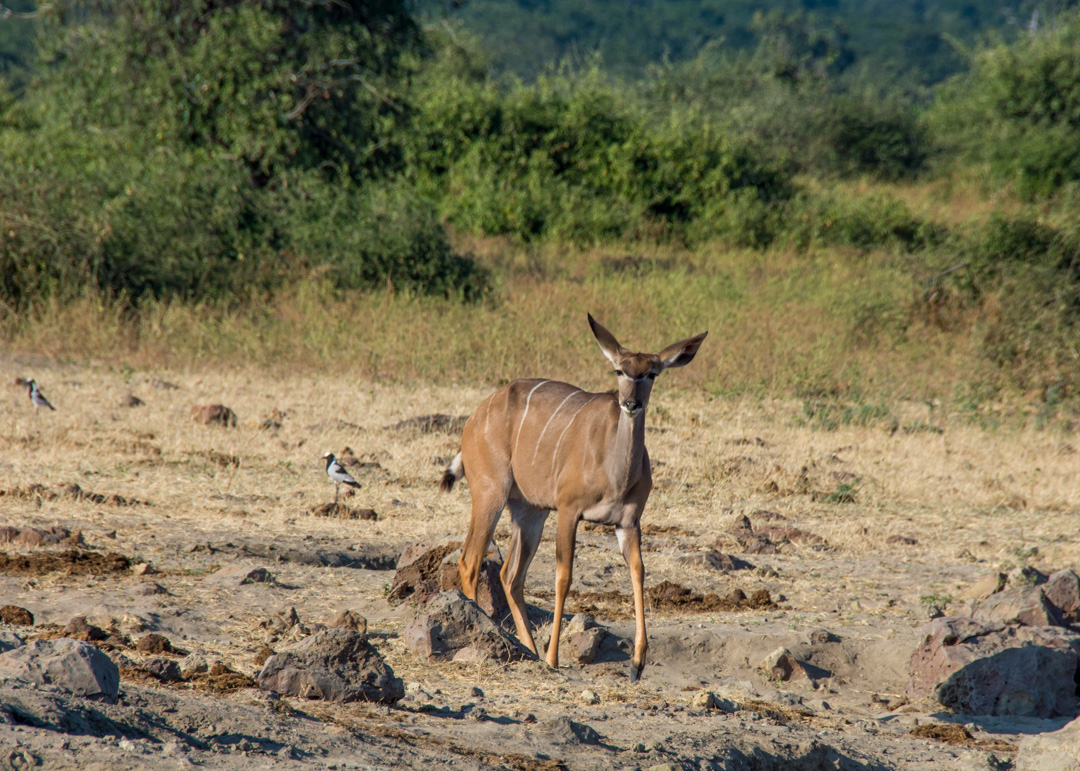
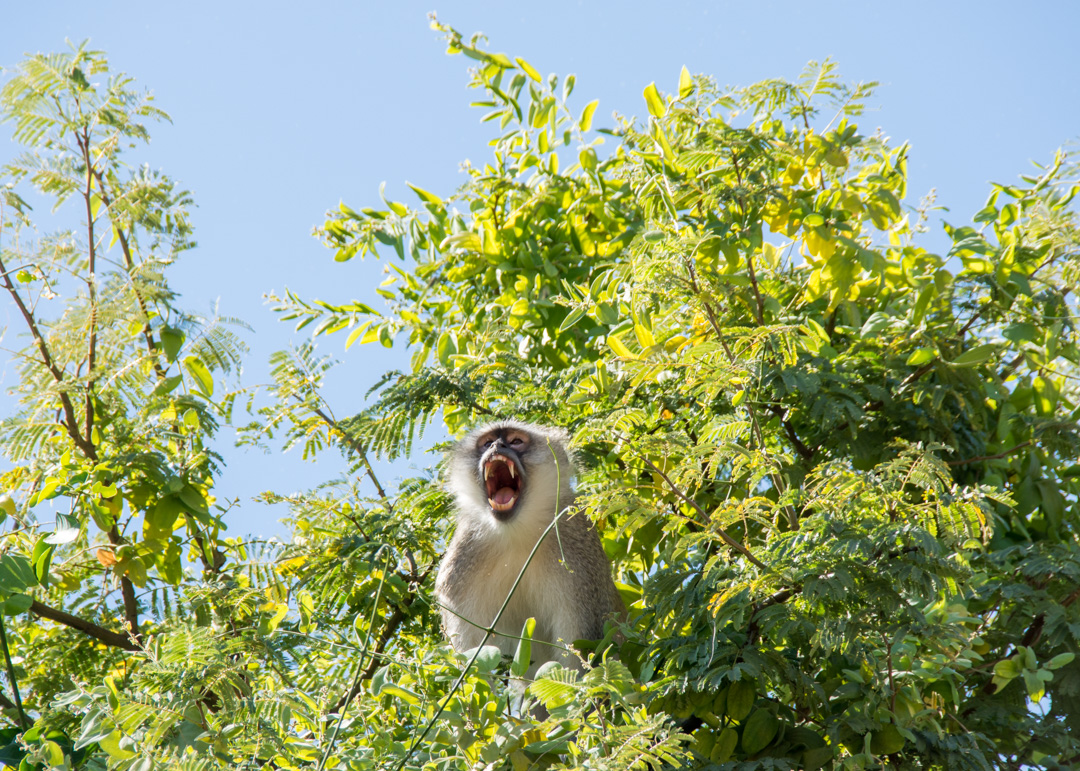
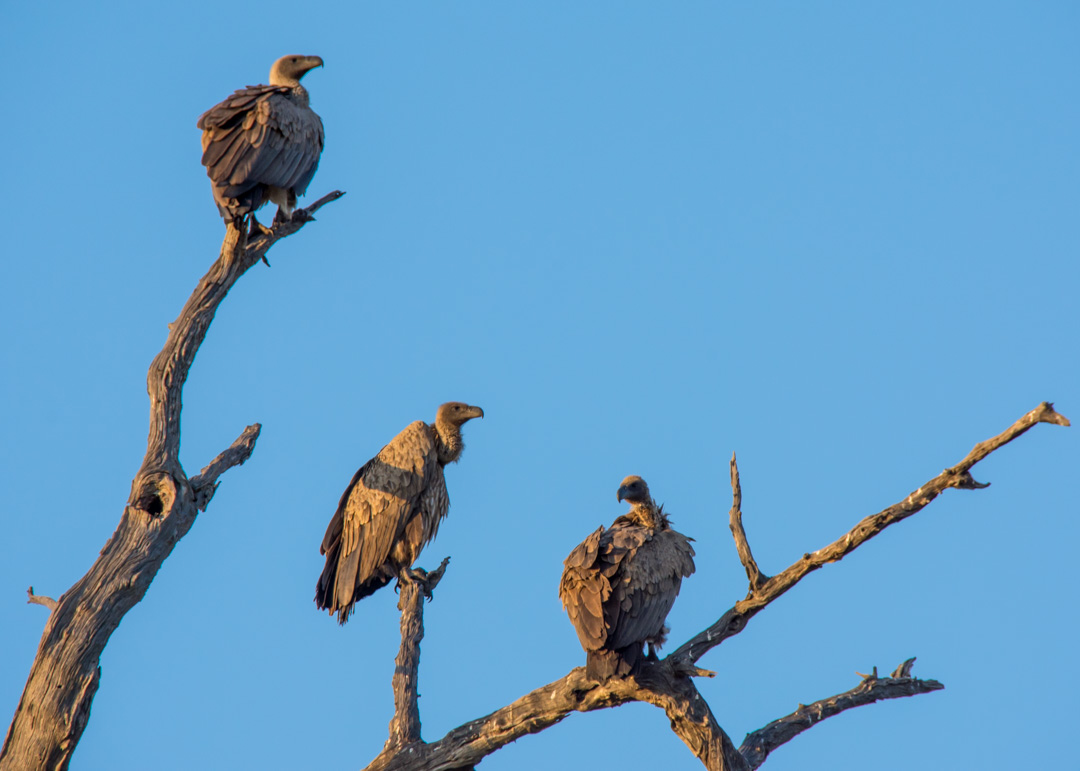
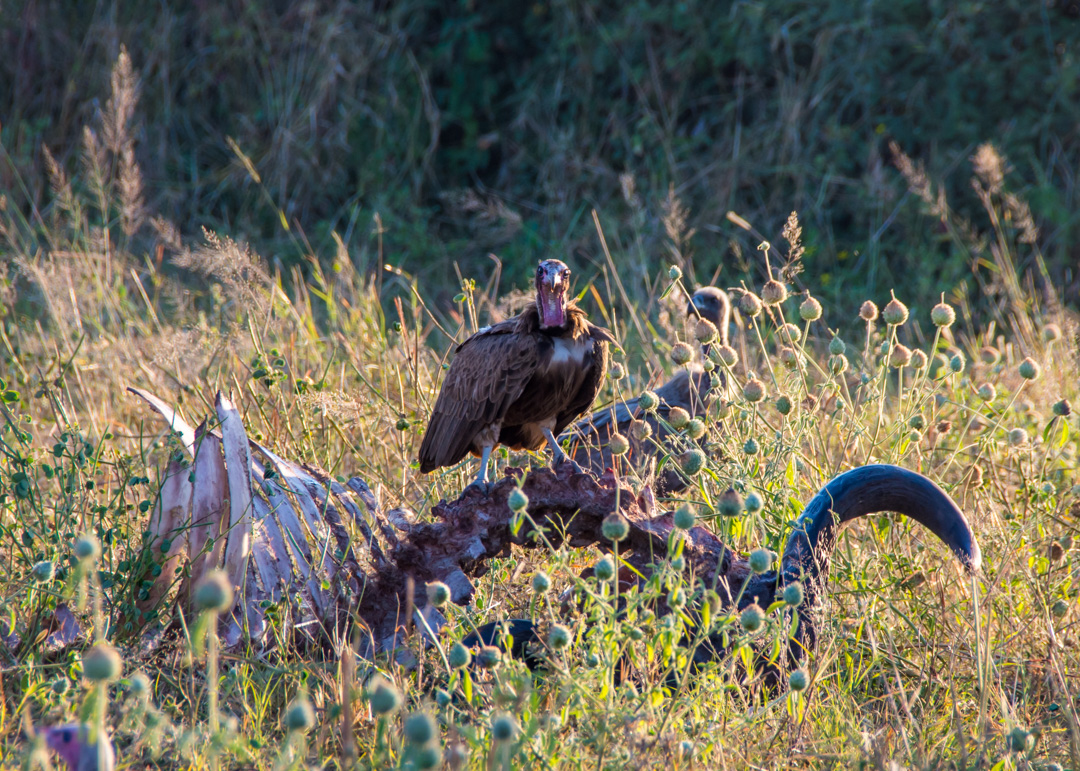
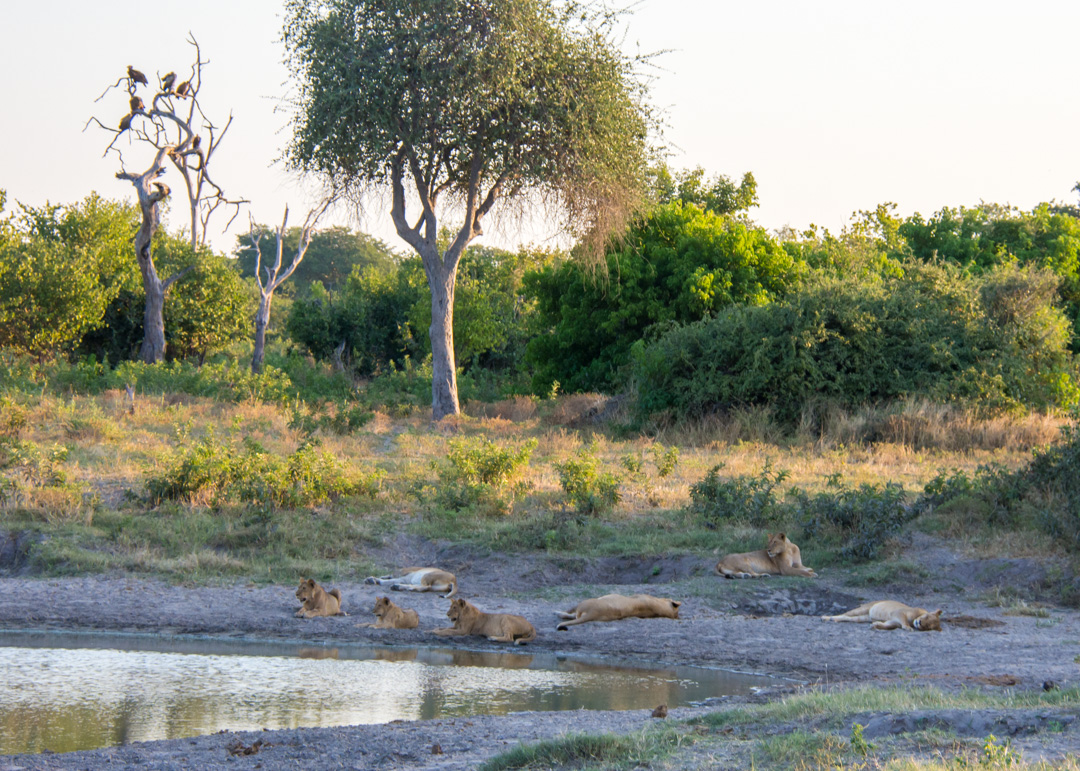
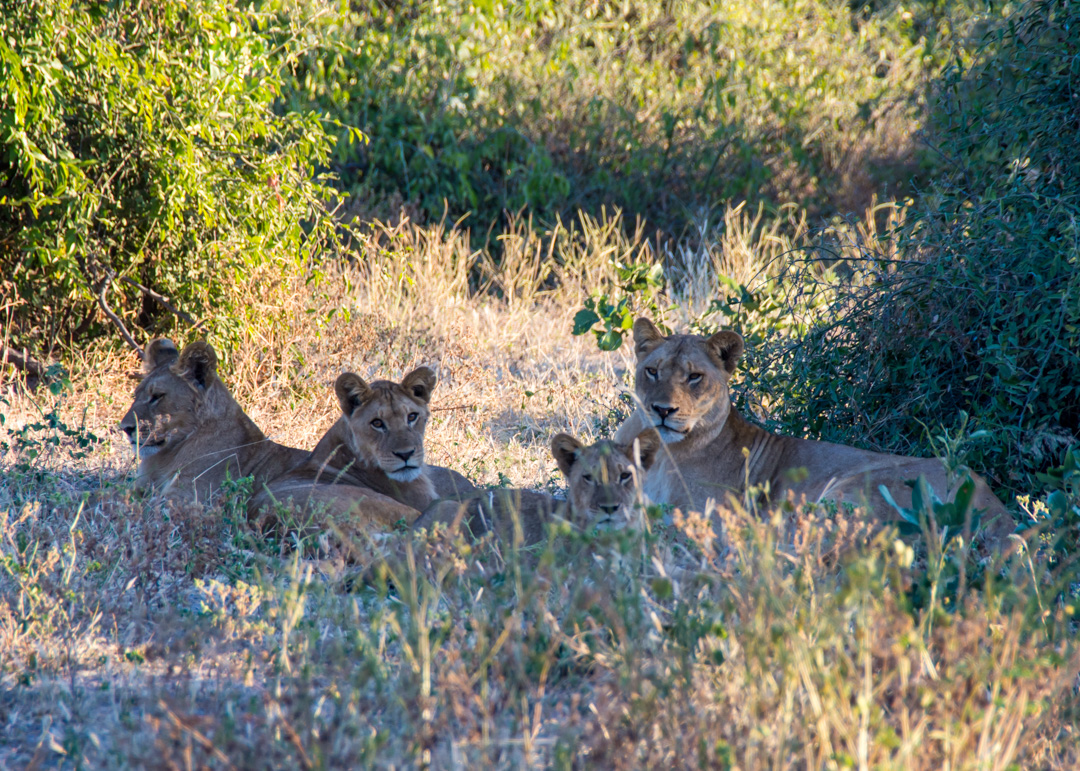
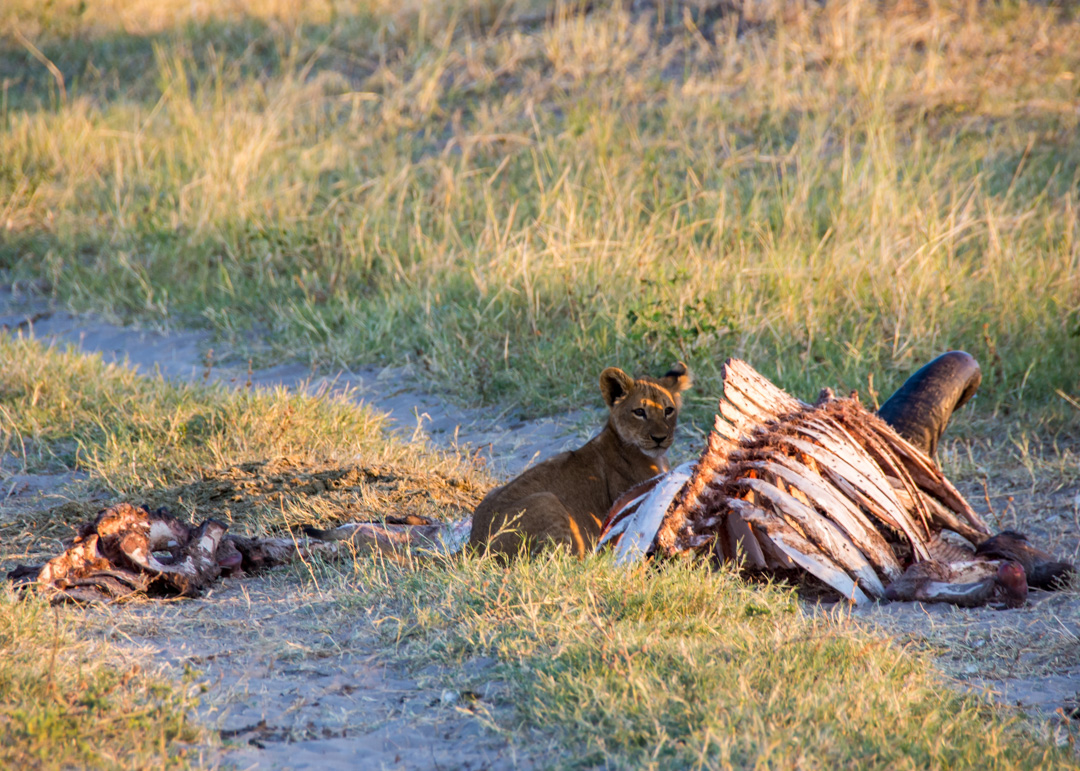
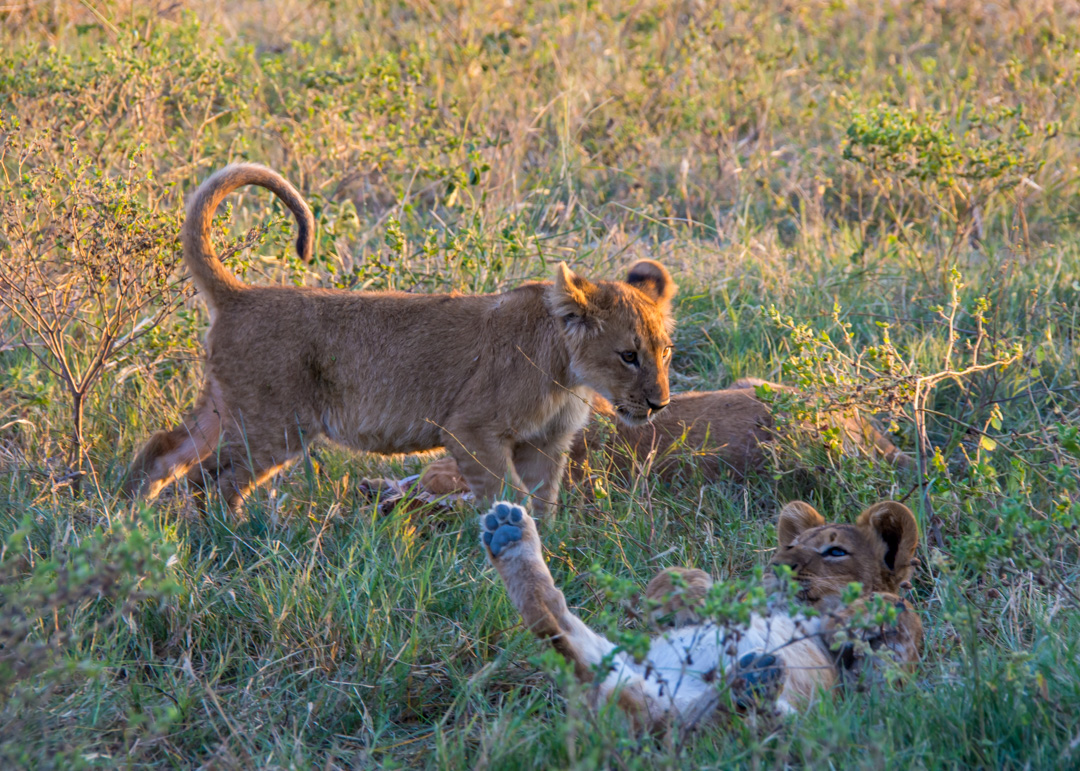
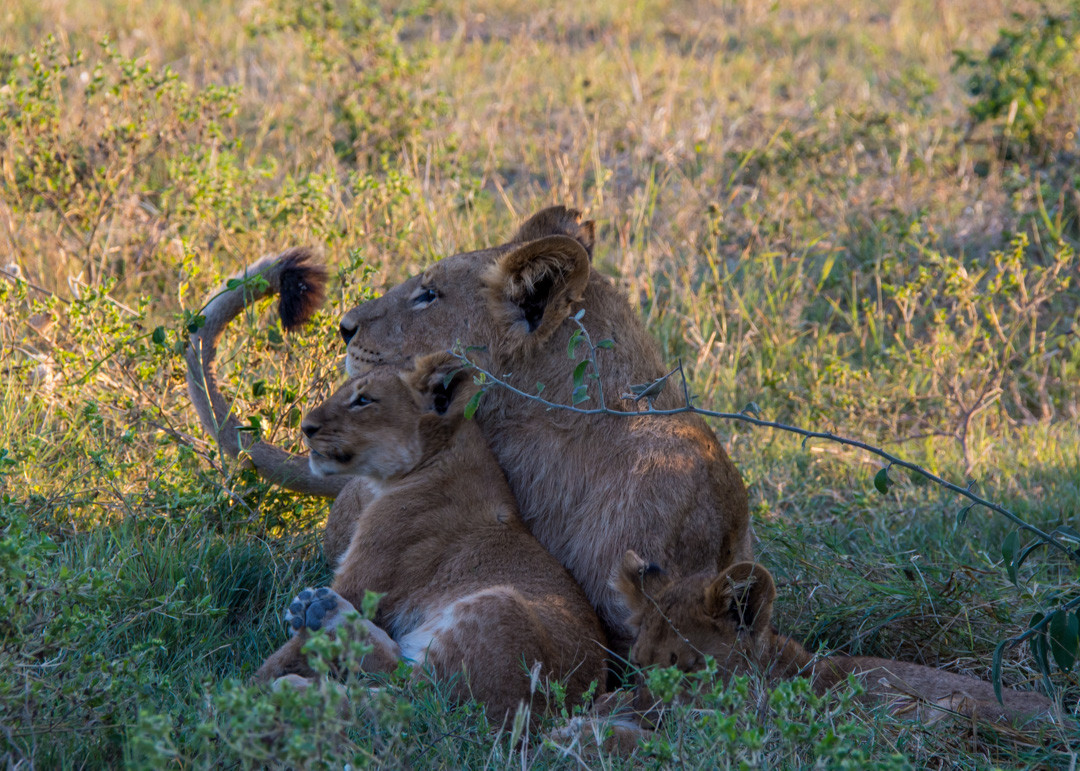
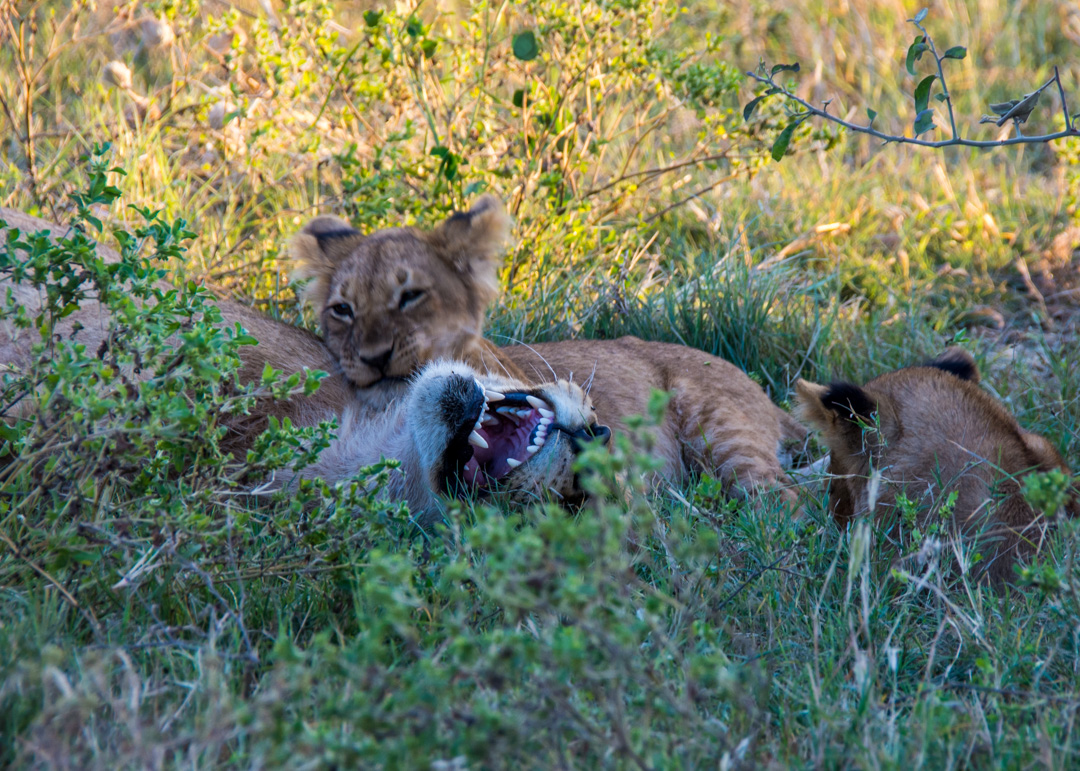
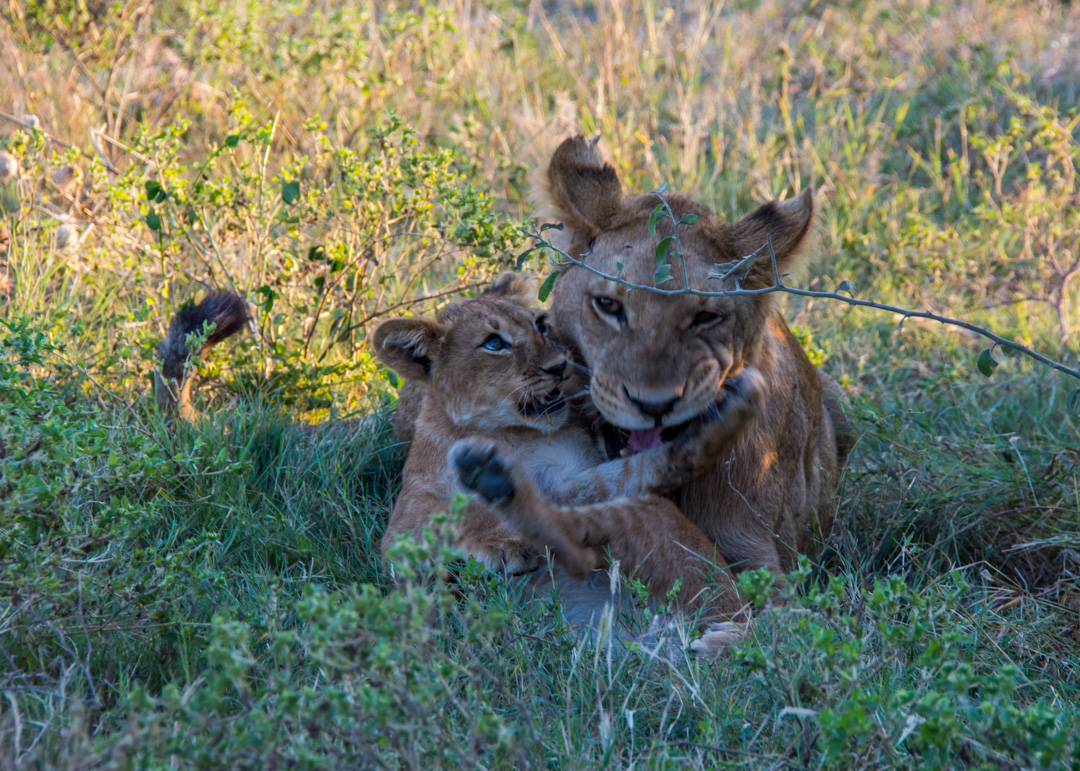
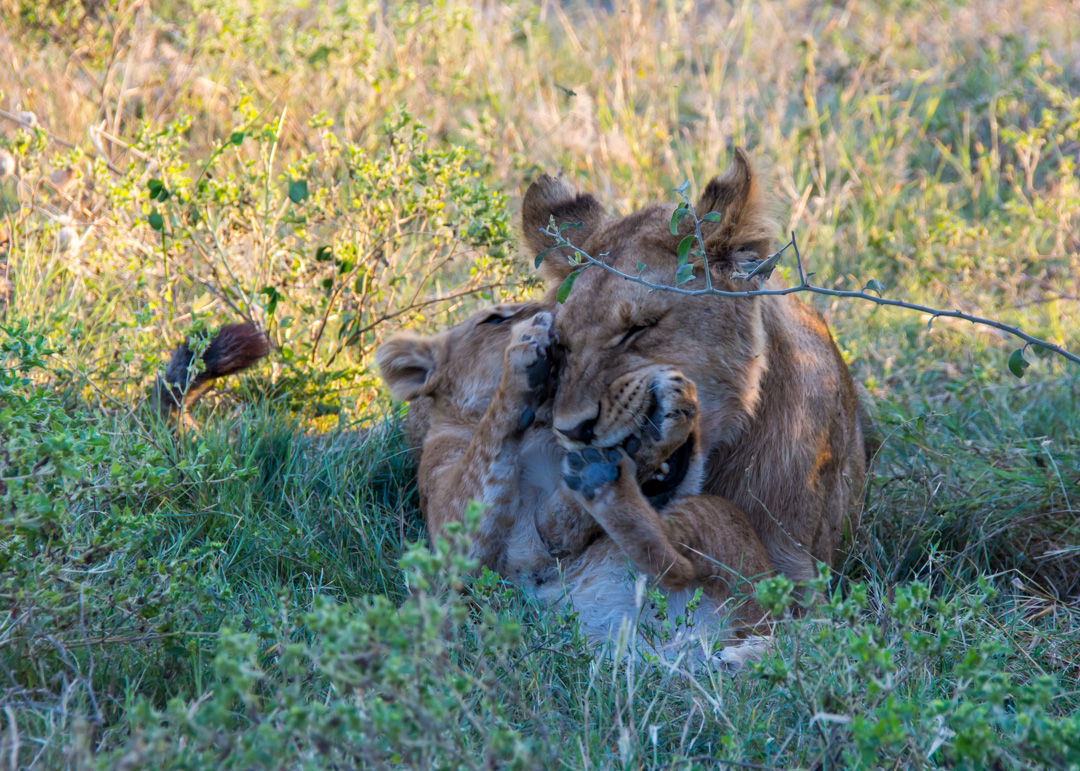
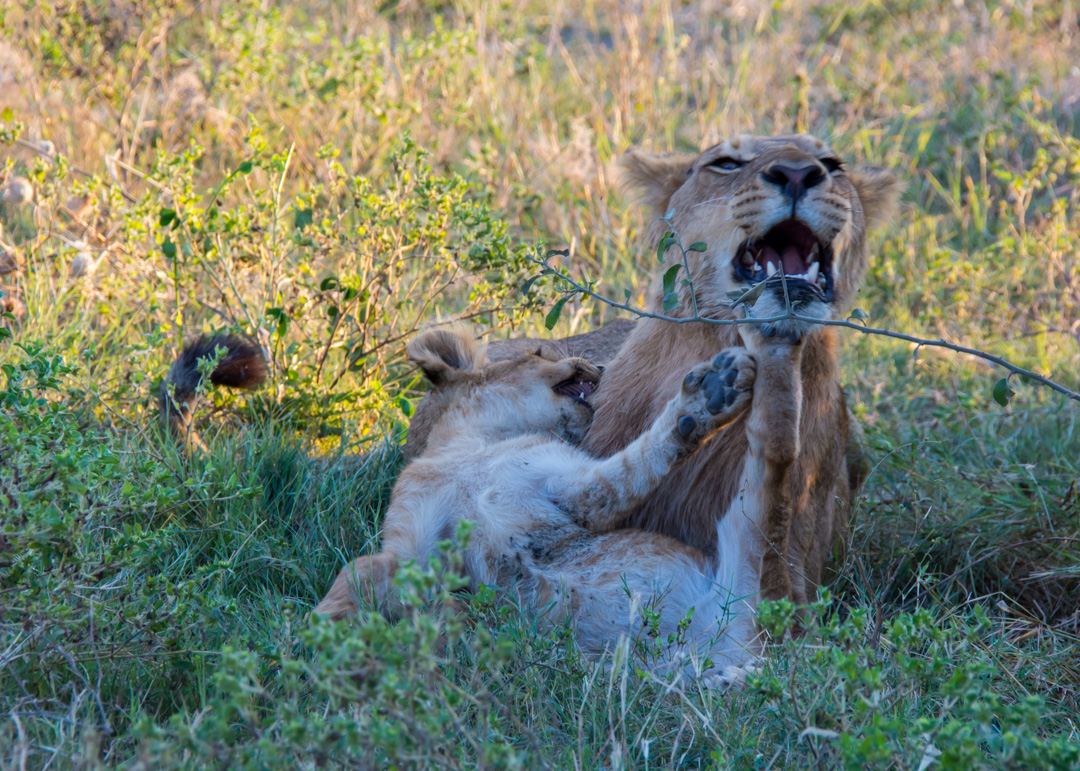
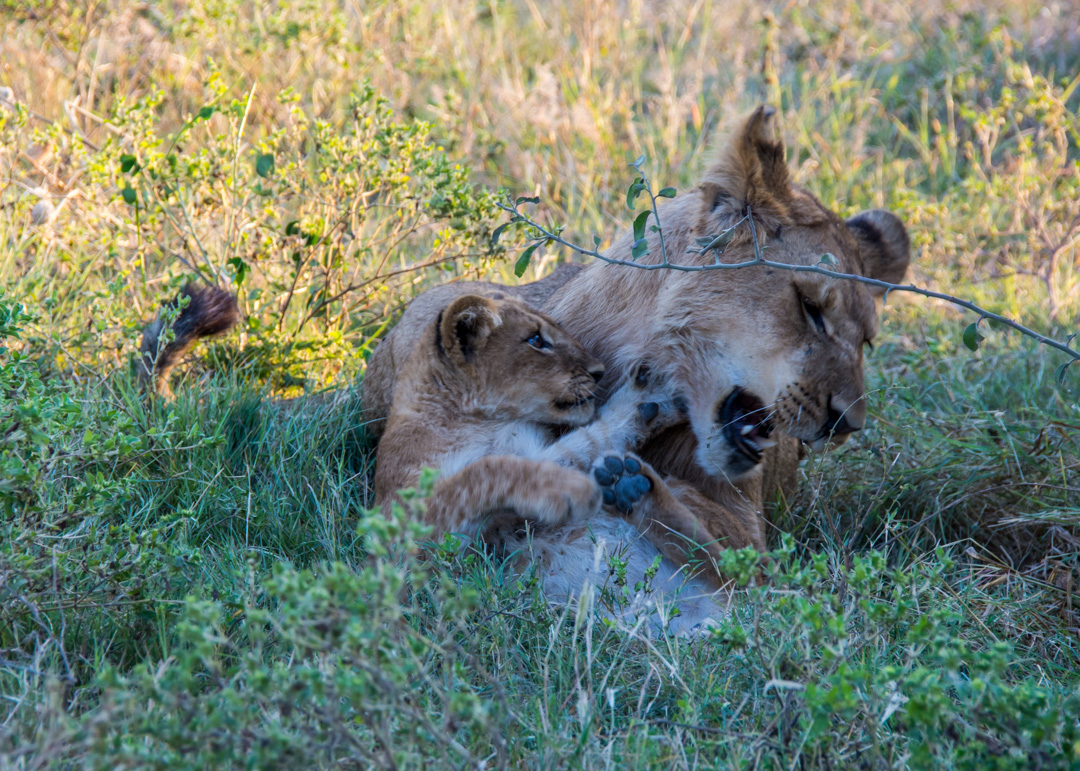
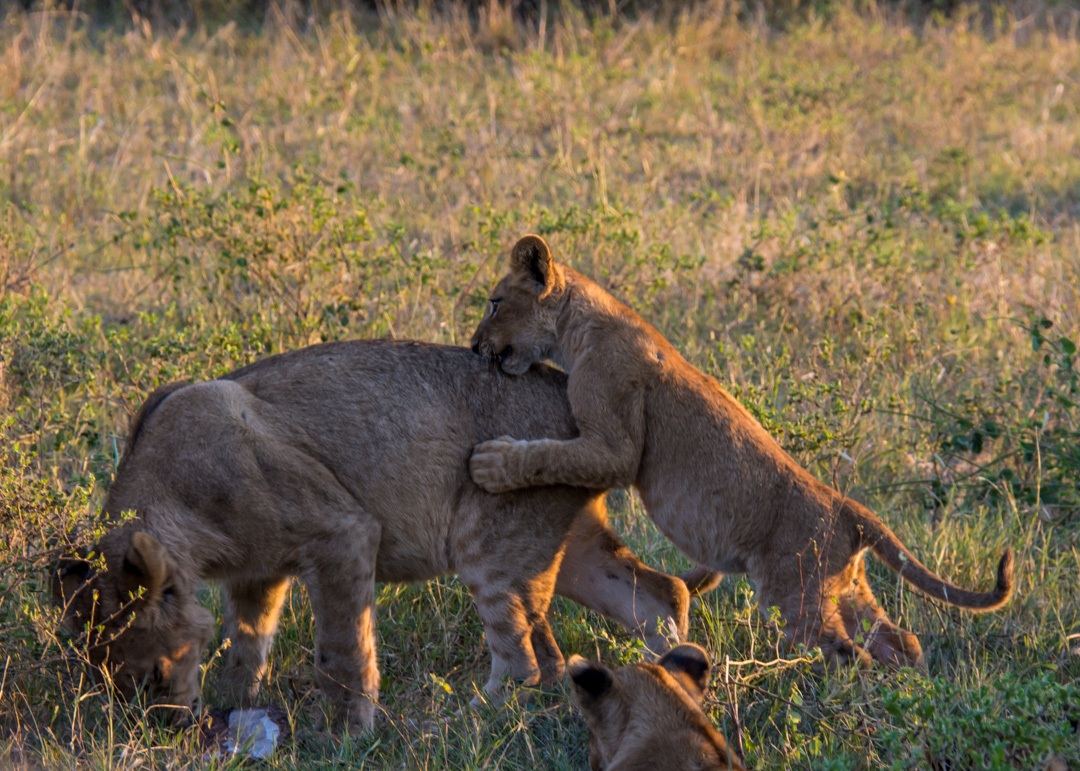
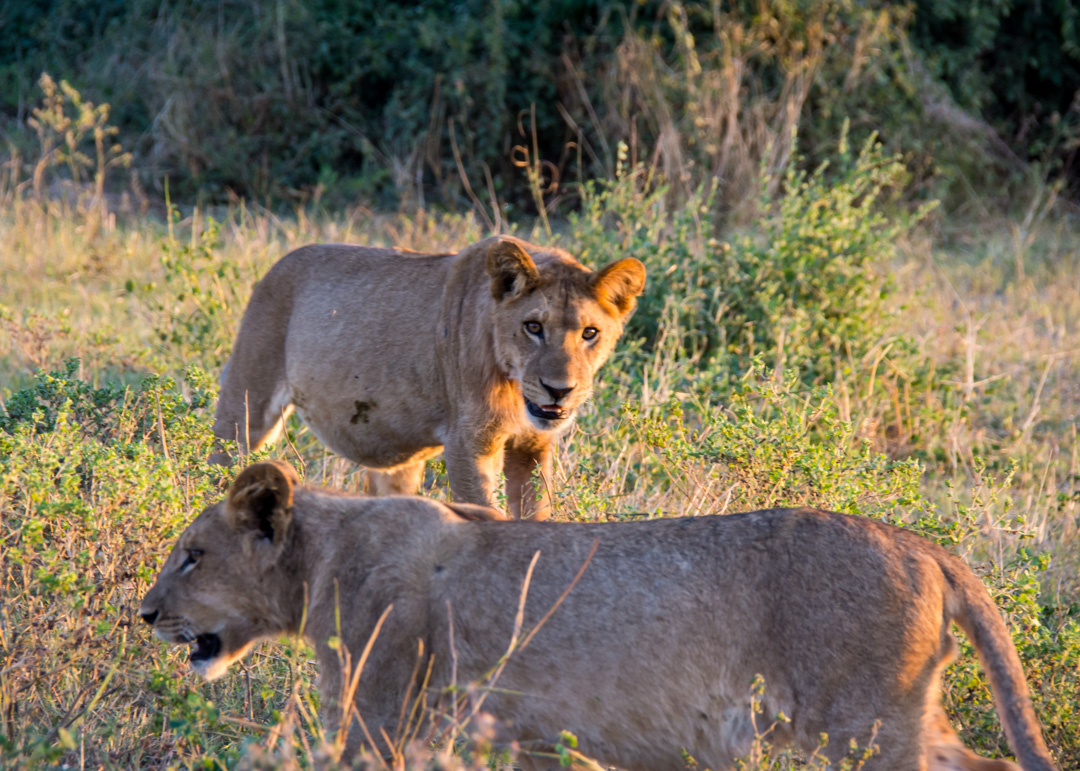
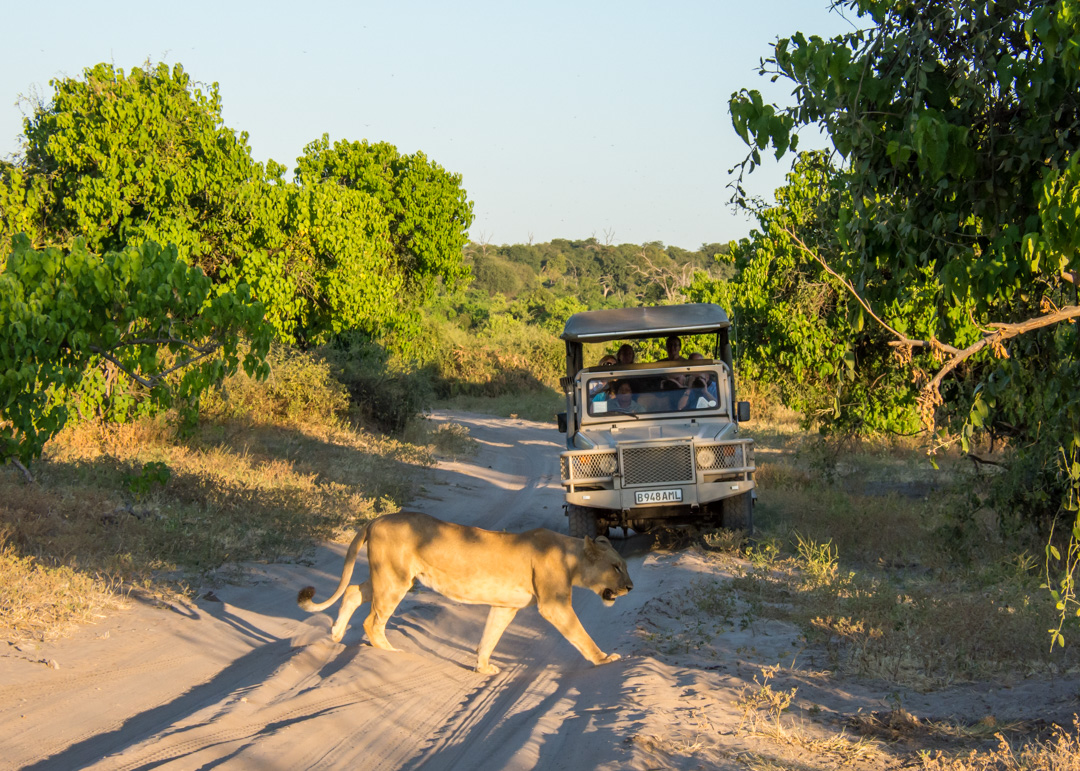
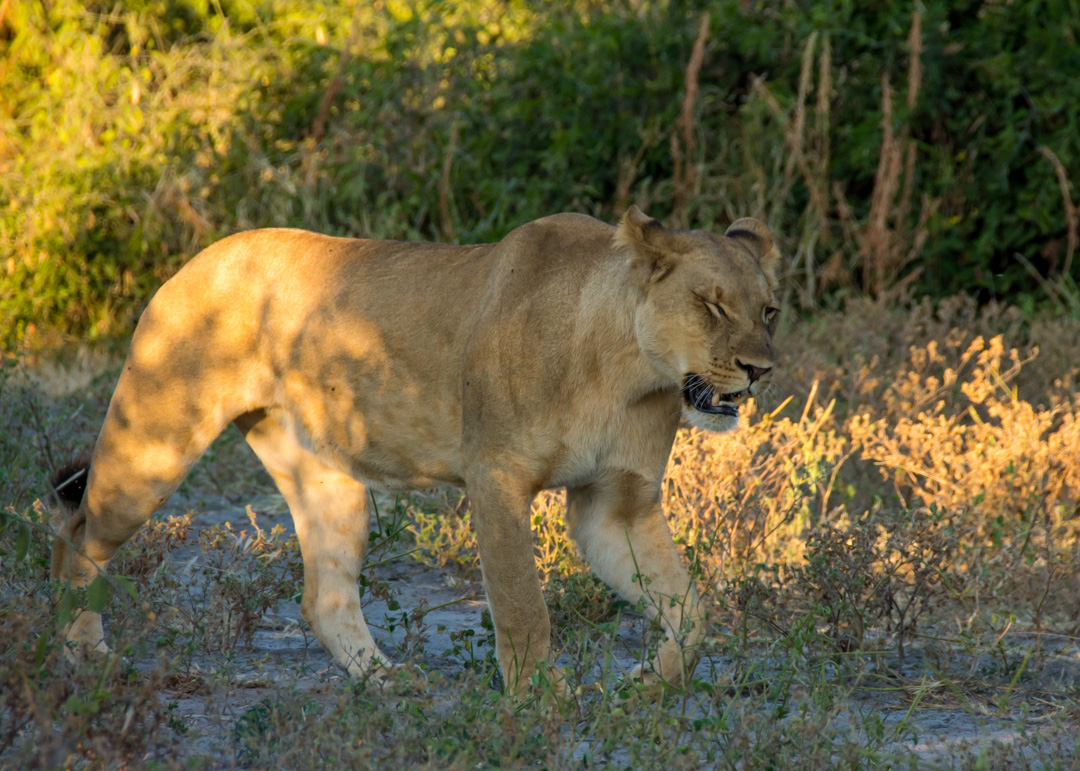
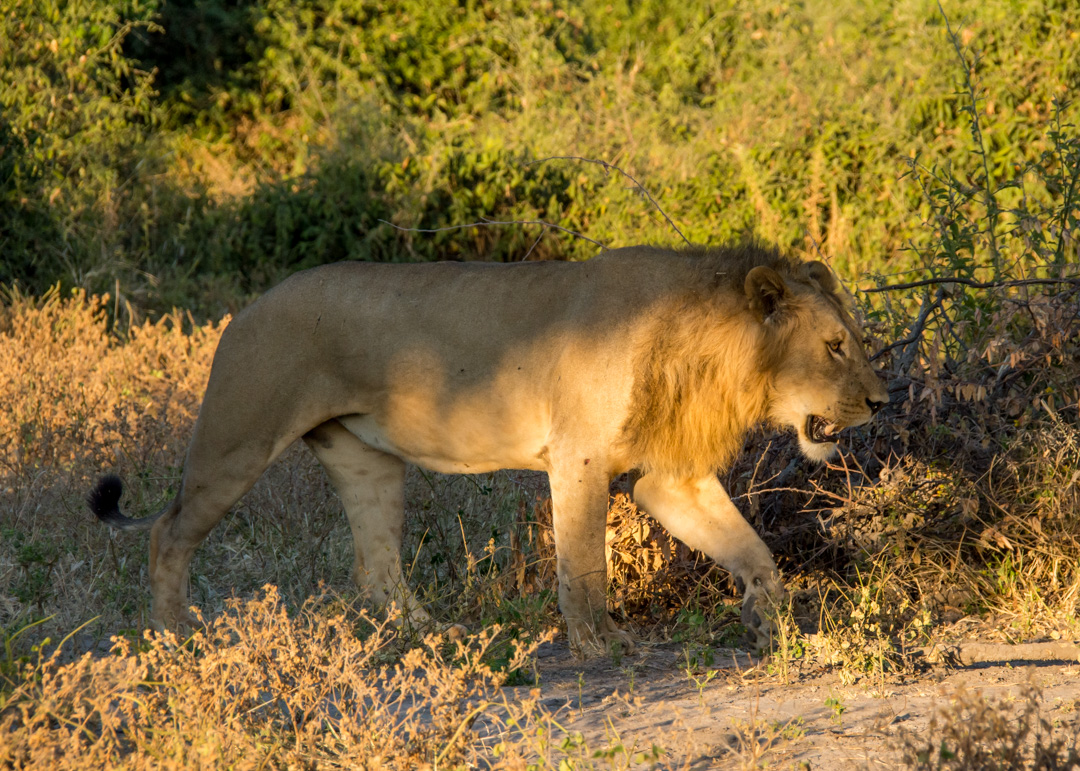
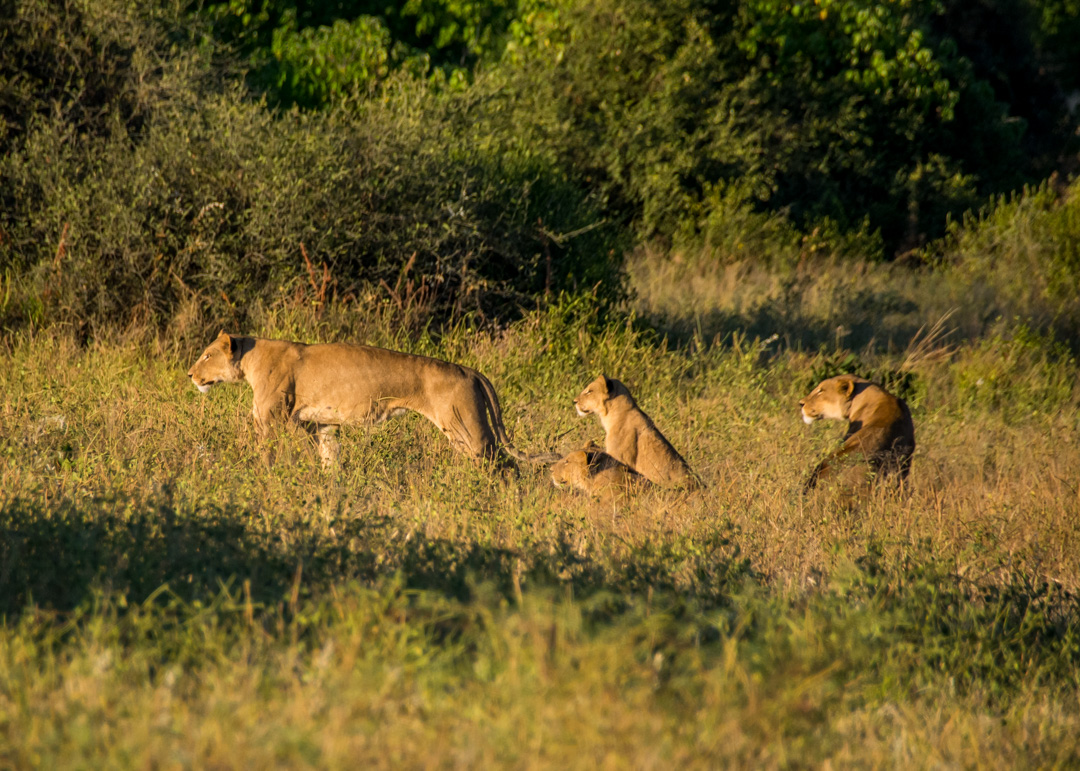
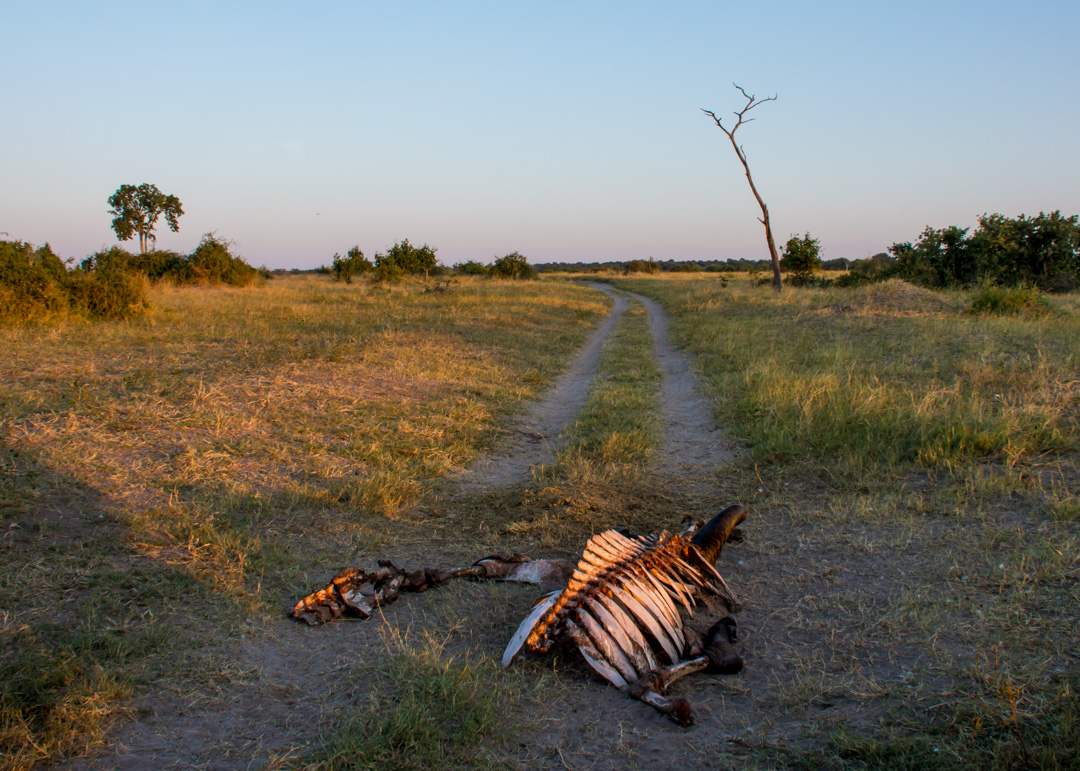
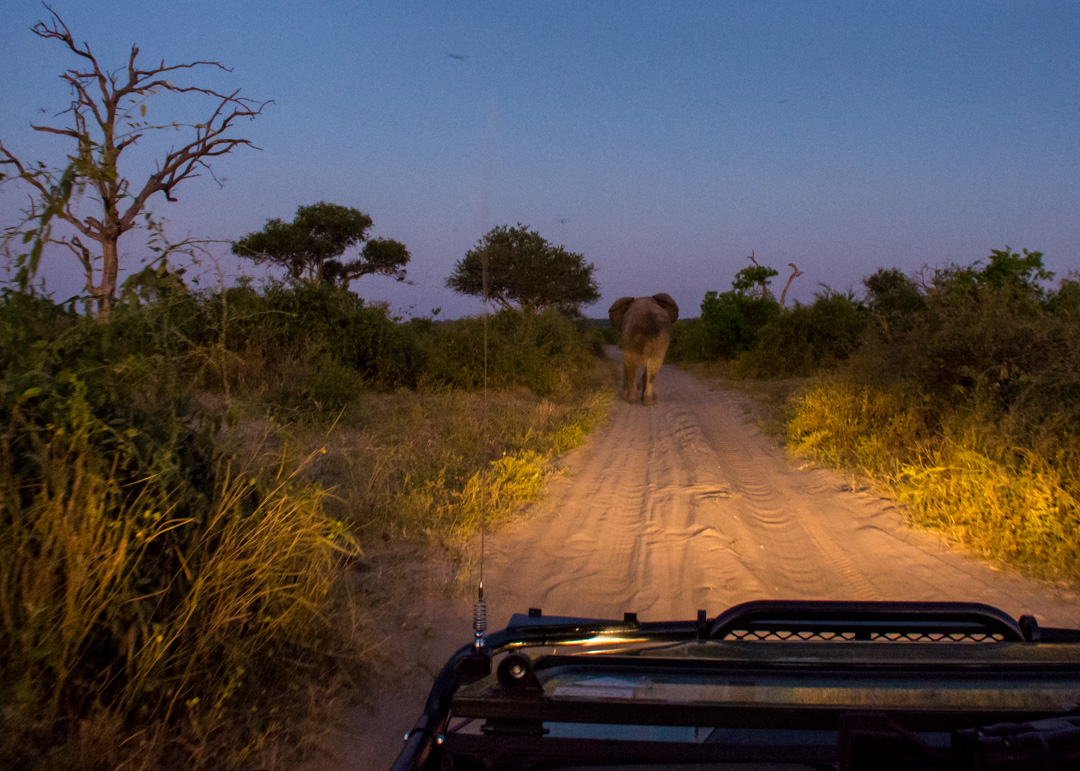
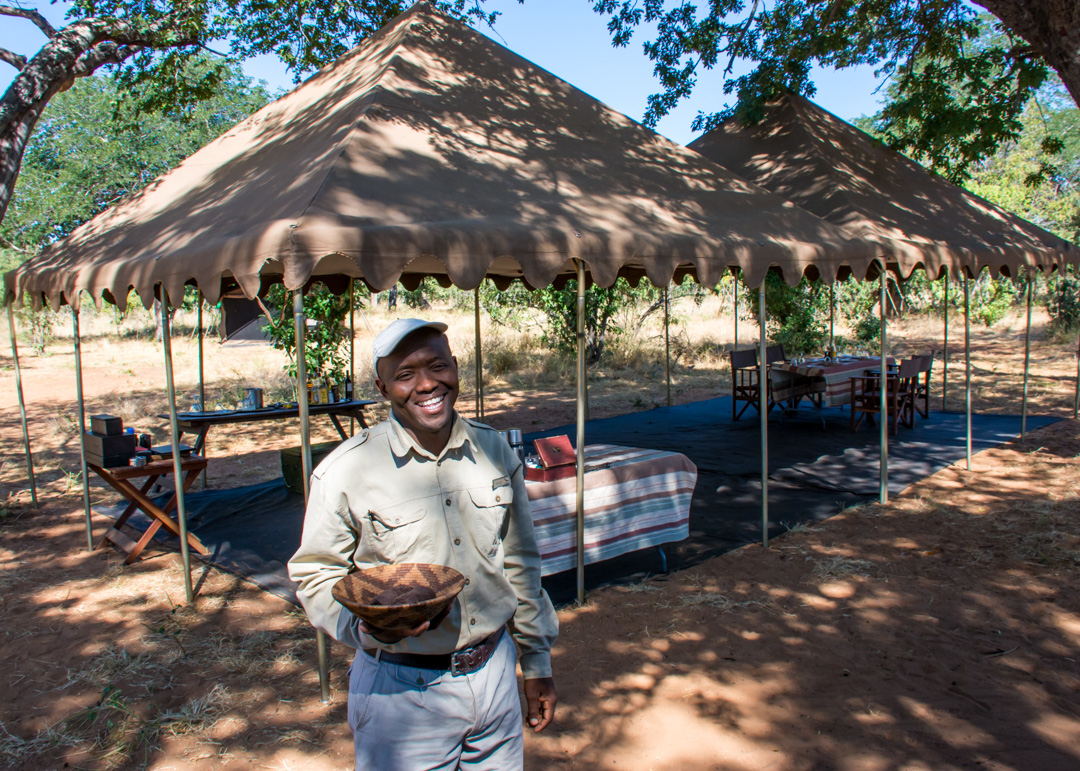
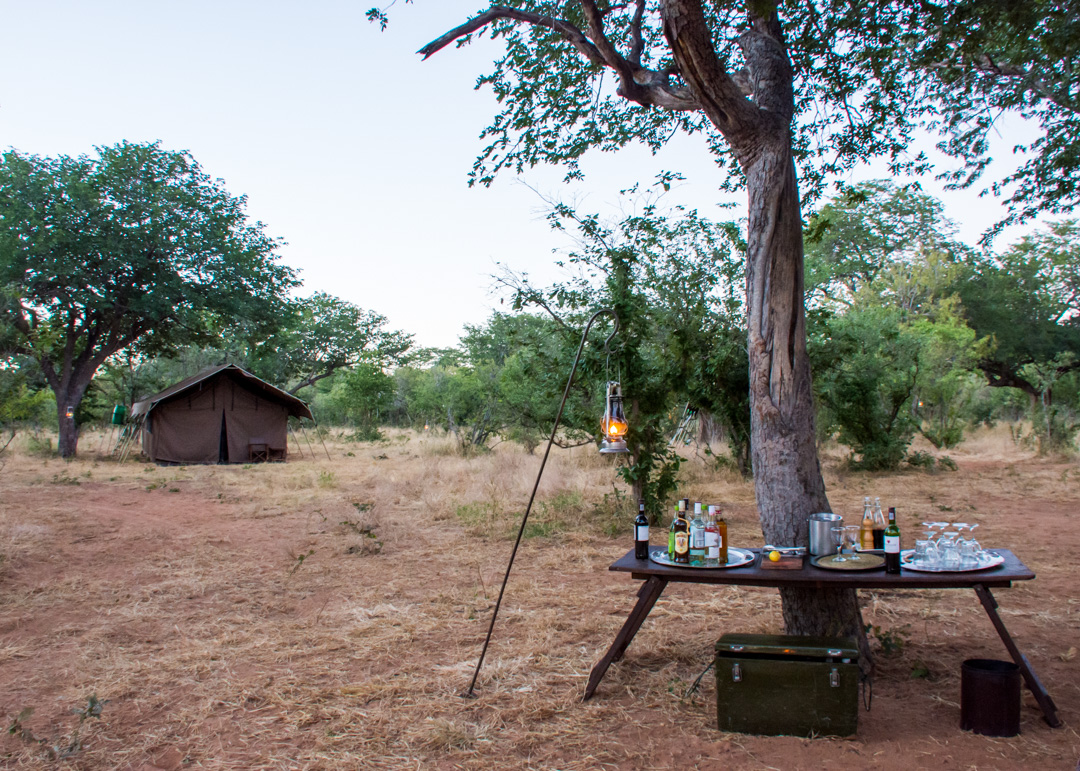
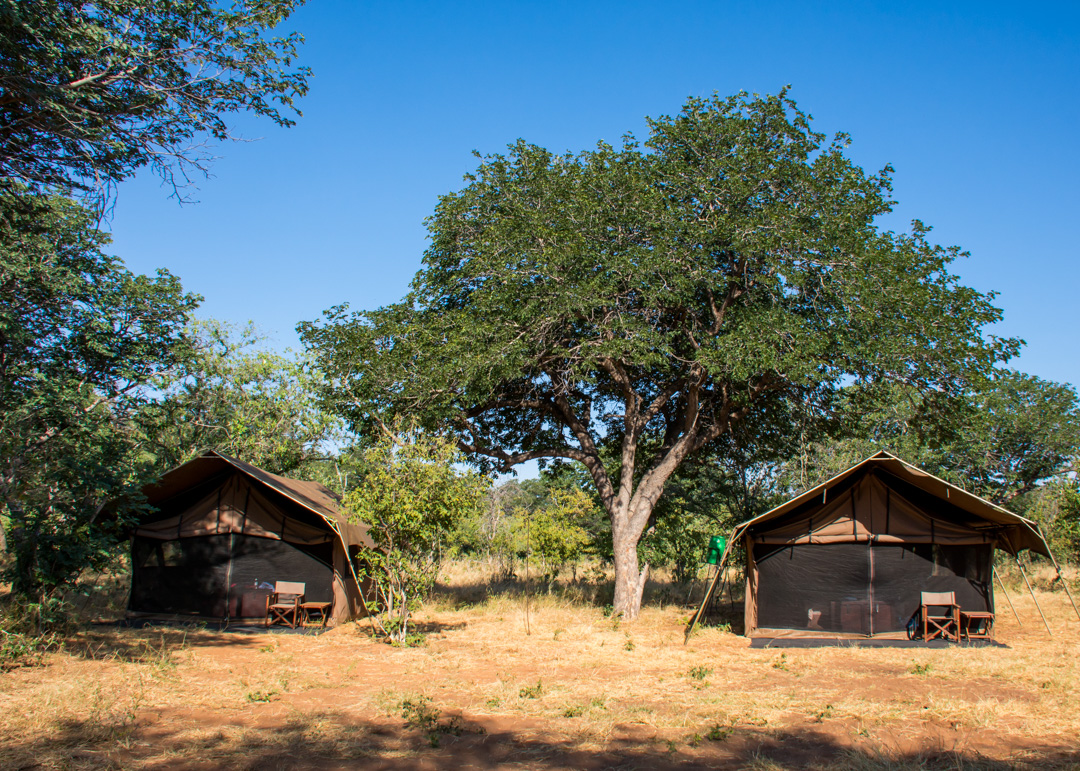
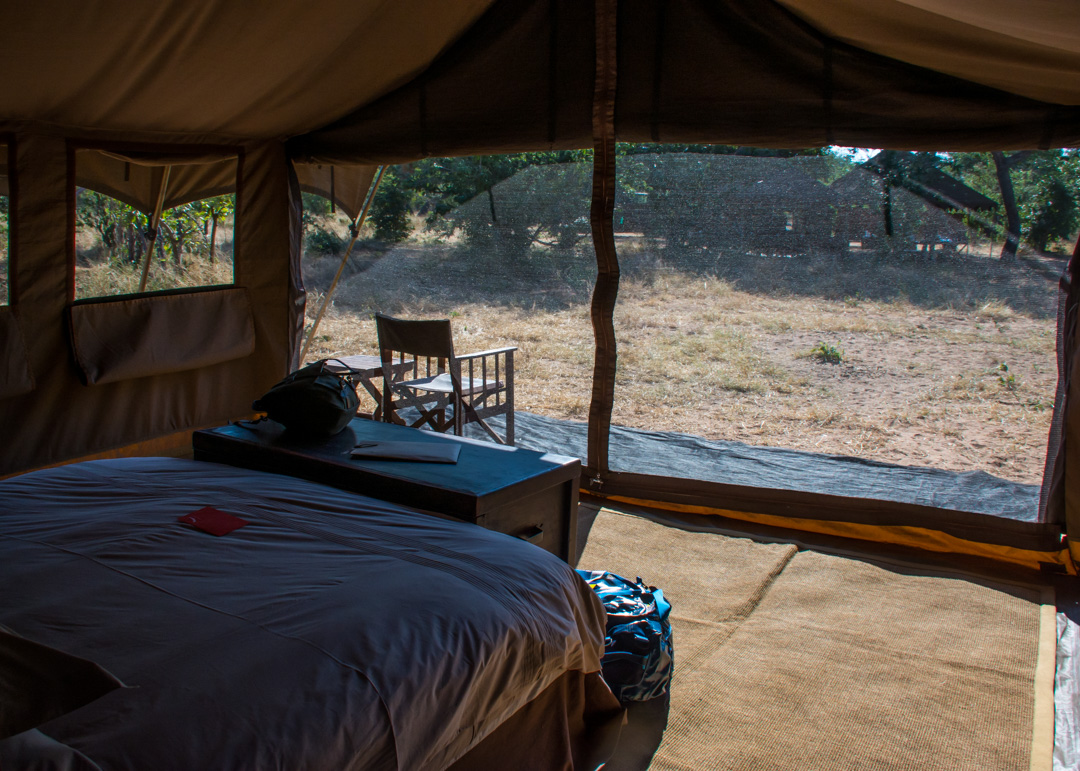


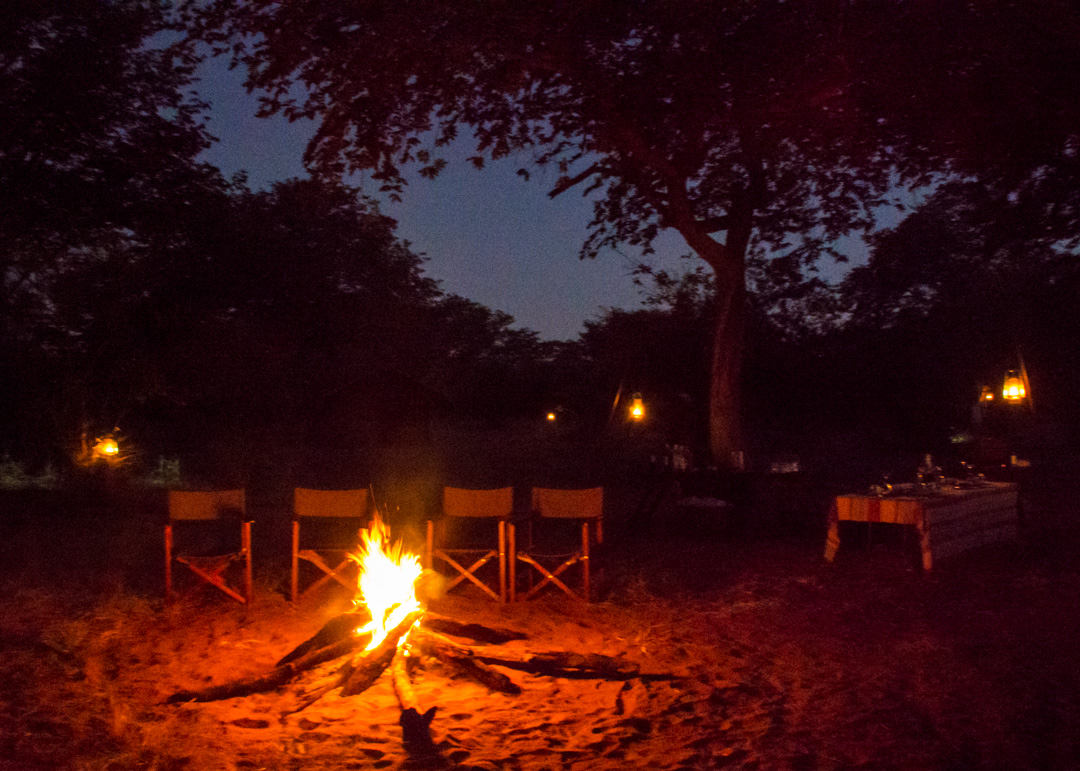
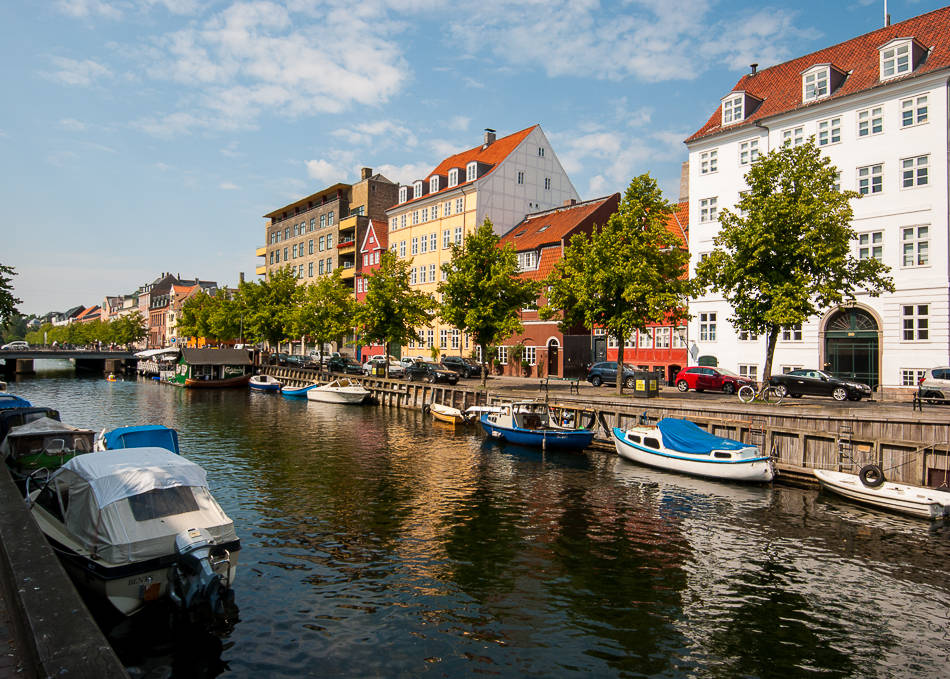
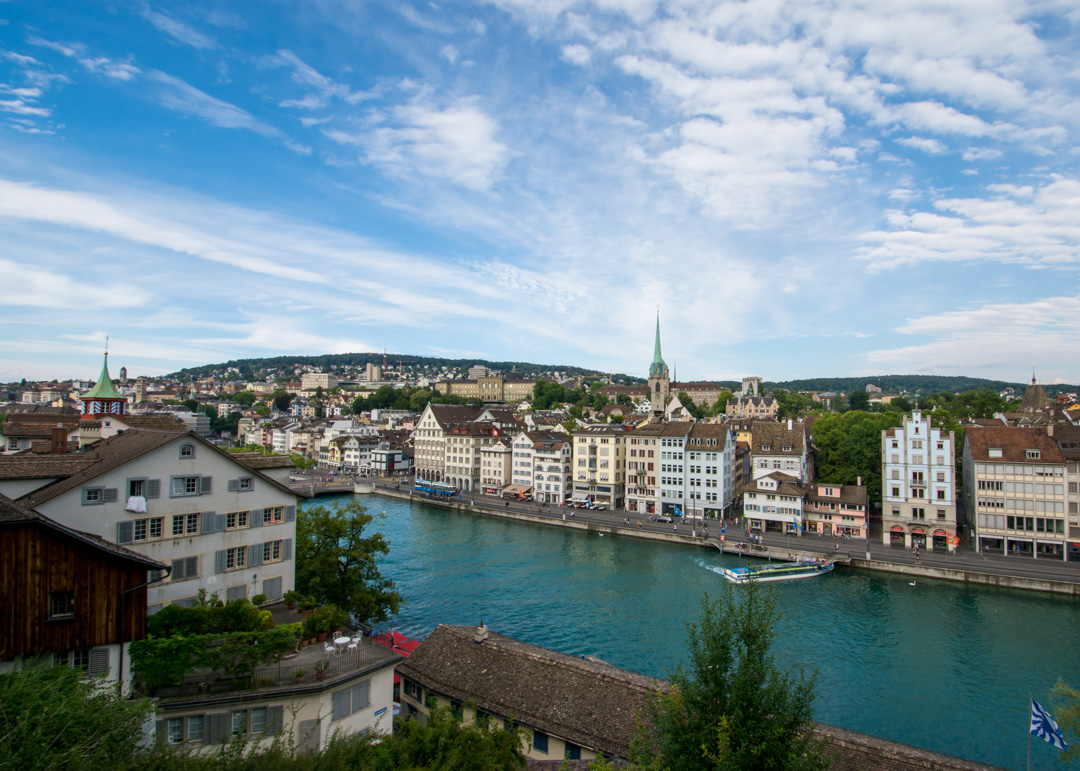
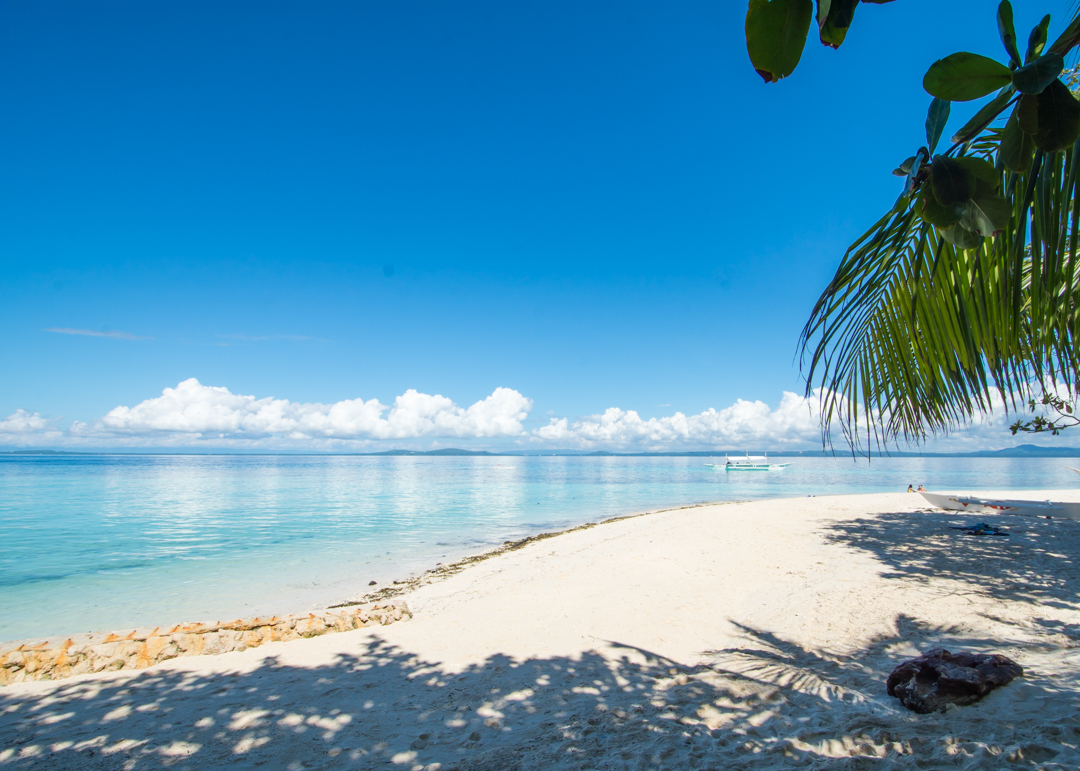


Sandra, you captured and conveyed the time spent in Chobe Under Canvas perfectly…Mary and I were and are so happy to have met you ….love love reading your blog and seeing the pictures you share!!!!
Thank you so much! Absolutely thrilled to have met you both as well and I look forward to sharing many more memories with you! Will start working on Sandibe soon… 🙂